Twitter Spaces With Sommelier: Intro to SIPS & Lisbon Blockchain Week
If you’re attending the Cosmos Community Conference this year on November 5th and 6th in Lisbon, check for talks by Sommelier co-founders, Jack Zampolin and Zaki Manian, who will be “in Lisbon from Oct 25 - Nov 11, speaking about all kinds of cross-chain composability stuff that Sommelier is building across the Cosmos.

SOMMELIER’S TEAM REFLECTS ON LISBON CONFERENCE AND WHAT’S BREWING
If you’re attending the Cosmos Community Conference this year on November 5th and 6th in Lisbon, check for talks by Sommelier co-founders, Jack Zampolin and Zaki Manian, who will be “in Lisbon from Oct 25 - Nov 11, speaking at the Cosmos conference about all kinds of cross-chain composability stuff that we’re building across the Cosmos.”
If you’re around for the Hackathon, a day after it starts on Oct 21, Sommelier will be hosting a chill wine and beer boat party for attendees. Find details on our website.
Zaki jokes, “Is Lisbon prepared? The blockchain people will be there and will remain for a month. Most cities only survive a week of the blockchain people. New York was my first post-pandemic conference, I’m excited to see the community. The scale will be nuts!”
Talk Previews
On a recent AMA, Jack and Zaki let us in on what they’re thinking for presentations just a couple of weeks from now. Jack says:
“ I’m thinking of doing a presentation on past, present and future of IBC, talking about where we’ve come and what’s next. With the theme of past, present, and future of IBC, I want to touch on some past things-- design decisions that were made during the birth of IBC, things like current relayer incentives. Where we are now, talk about the astounding growth of the IBC network over the last few weeks especially, I think we’ve had five or six new zones join and that number is going to be increasing very, very soon. And in the future, I think there’s going to be a lot of folks at the conference talking about shared security, so I’ll probably only touch on that. But, one of the things I do want to discuss is a hobby horse of mine which is a chain-naming service and how to scale IBCs or experience to include the next hundred to thousand chains. So really exciting stuff coming down the line there.
“It seems especially right after Terra enables. The governance proposal should pass in about 8 or 10 days. So, we’ll have had a week or two of Terra IBC goodness, USD pools will exist, and we’ll be able to talk about the current state of IBC in a really interesting way. This is something that you, me and a lot of people throughout the Cosmos have been working towards for years. Now, it’s time to take the next step past just token transfers into things like interchain accounts, cross-chain validation, and other really exciting IBC chain stuff, so I think that’s what I’m going to talk about.
The two things Zaki says he has brewing now that momentum on the staking derivative work has been picking up, he says:
“ I want to give an update on staking derivative work. We have this one category of Ethereum-centric Cellars, so Cellars that are all about making Ethereum Defi protocols better. On the flip side of that, we have been exploring, how can we enable Ethereum users to access Cosmos Defi and this idea that has been percolating about essentially having a smart contract on Ethereum that you can LP onto Cosmos and bring more capital into the Osmosis LP pools, and give people who are basically most comfortable on Etherum access to some of those sweet, sweet APYs that are available on Osmosis and some of the other chains. This sort of chains together a bunch of fairly complex features on Osmosis, interchain accounts, IBC, and Cellars, but it would be a really cool feature for the SOMM chain so that might be a cool thing to talk about.”
Jack observes:
“I think one of the things that’s really interesting about that kind of proposal is that it sort of opens a storefront for these various different DeFi protocols on a number of different chains and keeps all the liquidity in one place.This is the difference between what people are talking about as cross-chain versus interchain, where you see people opening separate instances of their DeFi protocols on things like Arbitron. But, this is more keeping all the liquidity in one place, opening storefronts on these various chains, and using the bridge piping to provide a really nice end user experience. This is really the world that Sommelier has been built for. We’ve been working so long on this first Cellars product that is Ethereum based; it’s been fun to talk about this Osmosis Cellars product, especially now that we’ve all done a ton of work on Osmosis.
Progress Update: SIPS, an aptly named governance process
Zaki wants to congratulate whoever came up with the SIPS acronym. He reports:
“We are bringing governance online. All of the future evolution of the protocol is going to happen via governance proposals. We’re trying to get to a state where Kepler is working, I know Jack has been battling that out. But, whatever is going to happen next, and most importantly what is the fate of the 30% community pool allocation, is going to start getting decided in governance. And, that’s going to be the way we’re going to move forward.
“What comes from our various teams is going to be proposed as governance proposals. And we are certainly open to community input via the forum and anywhere else on how we move forward. That’s the next big thing in the future of Sommelier. So, we anticipate and we know people are working on some fairly substantial proposals for SIPS, and the initial Cellars will be proposed as SIPS, since we just have all the bugs worked out on our end and testing working.”
Jack thinks this speaks to the vision that Zaki has always had for Sommelier, which is really truly a DAO:
“There’s a lot of discussion around DAOs on these different platforms, but people don’t really talk about Cosmos chains as DAOs in the same way--even they really are. I mean, it’s a token distribution that ties together this diverse set of actors and incentivizes them to continue to build and grow this liquidity protocol. And, a lot of the evolution of Sommelier as a protocol is going to happen in the open, through this governance process. The DAO is going to hire different organizations to work on different pieces of the stack, it’s going to drive product direction. We’re really looking to build Sommelier in the open through this DAO.”
Zaki explains:
“Absolutely. We’ve always been somewhat decentralized. There have always been multiple entities collaborating together, from pre-existing and new entities that operate in the greater Cosmos, but the vision is beyond the scale of me as the organizing factor here and having multiple centers of influence.
“This was part of the reason why a lot has been left undetermined. I’m very passionate about a particular set of Cellars: The Uniswap v3 Cellars, trying to solve for concentrated liquidity, there are certain kinds of financial engineering and if you’re in DeFi that’s exciting to me, but that doesn’t mean that’s all that Sommelier’s going to do. It is a large tent, and a protocol with many applications, and we want to continue to drive new applications under the protocol.
“I think one of the trickiest things is going to be what are the incentives for creating new Cellars. It’s something that people are excited about, and something we need to have incentives around. I would like to have the first incentives come out of governance proposals, in that we build a pipeline for people from the community to come in and propose a Cellar and then actually get it actually operationalized, and get rewarded for bringing that to the chain.”
Jack says:
“I think that that kind of really speaks to where we’re going. Zaki, you tweeted the other day that Sommelier is sort of a prime brokerage for everyone else. Whereas there are these sophisticated financial companies in traditional finance that perform this role of prime brokerage where they’re providing really bespoke services to hedge funds and other high-net-worth companies and individuals. Where, Sommelier is trying to provide similar services where we’re wrapping really complex instruments and providing them to users, to everyone. With that kind of mandate, what Zaki’s talking about right here, one of the things that we’ve been talking a lot about lately -- and this will be in a SIP at some point soon -- is adopting CosmWasm as a way to move much more quickly to allow many, many different people to utilize the pipes that we’re building right now. Between the Bridge to Ethereum, that will soon be a bridge to Arbitron, and a bridge to PHANTOM, and a bridge to many of these other EVM-based chains to allow liquidity to flow seamlessly throughout those with SOMM kind of being the center of that. The vision there is that the SOMM token will take fees from these various activities and that’s going to generate the returns for the holders. Is that fair enough?”
What’s a CosmWasm Integrated Gravity Bridge?
Zaki picks up on Jack’s statement and expands on Sommelier’s CosmWasm R&D:
“Absolutely. Yes. We are doing a considerable amount of R&D on CosmWasm and trying to look at what does a CosmWasm integrated Gravity Bridge look like? Where the basic idea is: right now what we are building is native Go models that drive Cellars. What we’re looking at as a possibility is the ability to do CosmWasm contracts that drive Cellars. And so, then you can essentially have future SIPS that basically propose a new CosmWasm contract. For security reasons, we’re never going to be able to do fully permissionless CosmWasm contracts because essentially the way authority is partitioned on Gravity Bridge is that anything from the chain has full authority over all of the tokens on the Gravity Bridge, and so we have to make sure that we are not accepting malicious software into the system. That’s going to be a trickier thing at extreme scale, thousands of Cellars, which is where we want to get to, and so we’re going to have to do some security innovating around that. But, I think we can confidently move forward with the initial governance-gated CosmWasm system, where SIPS for new Cellars get proposed as CosmWasm contracts and are able to invoke transactions on the Gravity Bridge.”
Jack continues the discussion:
“Yeah, and, you know, these things could end up being as complex as the Osmosis Cellar we were discussing, using both the IBC bindings of the underlying Sommelier chain as well as the various Gravity Bridge bindings of those Sommelier chains and really offering a space for interchain Defi in a way that doesn’t really exist elsewhere. This is what I think Zaki and I are both really excited that Sommelier is going to bring.
“I think that we also have a ‘how to’ SIPS proposal that we’re going to put up that describes what is the proper format for one of these and what we expect them to look like going forward.”
Sommelier Team Members Ask: What’s Ahead?
Colin who has recently joined as an engineer at Sommelier points out: “We’ve got a giant Ethereum logo inside the Sommelier logo.” He wants to know: “What’s going to happen when we’re touching other chains?”
Jack says he thinks he’s seen other versions of the logo that wrap other logos, and says:
“Sommelier is kind of this ethereal wave of liquidity that moves through the interchain and we will see this wave wrap other logos as well. Looking forward to an Osmosis wrap logo. I think that we have a version out there that is a Uniswap logo and many more of those to come. I believe we also have some NFTs that were minted for some of our initial liquidity providers using the Pairings app of some of these different solutions. I really love the way those look.”
Colin discusses his first couple of weeks at Sommelier:
“I’m relatively-- well completely new until this summer-- in blockchain development. So, I’ve just been drinking from a firehouse, learning what it looks like to build on Ethereum, what it looks like to develop this stuff in Rust. I’m primarily working with Rust. Right now I’ve been working on a tool that allows us in a dev environment to interact with Cellars. Just today I put in two requests for that. It’s been fun. I’ve been enjoying it.”
Jack explains: “That’s a really important piece of infrastructure that knits together a number of different pieces of the stack and lets you dive right in. You mentioned a few different crypto ecosystems. And I think learning one is hard enough but here at Sommelier we ask you to learn multiple all at once. Thanks for doing that.”
Maya wants to say what an amazing job Sommelier’s done.
“I think what is really interesting is your approach, which is different from other products. Especially considering the multi-chain ecosystem that we’re already in actually. And I was wondering. Zaki was mentioning SIPS and security audits for different governance proposals and such. And it might seem unrelated, but how much of risk assessments are going to be taken for both governance and various pools and tools within Sommelier.”
“That’s a great question, Maya,” says Jack. He responds:
“The answer that I have right now is: That’s not one of the things we’ve thought a ton about. But one of the things that we have thought about is building up our data infrastructure. We’ve been working really closely with our data science team to ensure that the validators have all of the data that they need to make the right decisions. And, I think that the first step in really complex risk management is getting that data and then figuring out how to take better actions on top of it. I know that as we develop this protocol that’s going to become increasingly important. Things like liquidity caps on Cellars to make sure that there aren’t any issues as we scale up. And the foundation of that is going to be the data infrastructure that we’re building right now.”
Maya asks one more: “How much are you thinking about parallelization and how in terms of computing all of the various data points that you have will fit into the infrastructure that you’re building?”
That’s one of the # 1 things on Jack’s mind:
“I really try to think what are the huge blockers six months to a year out, and how do we start small projects now that knock those down so when we get there we knock them down, so that when we get there we’re not at this place where there is a massive amount of processor contention--in my brain.
“So, moving to a system like CosmWasm where there’s a much more concrete on- chain way for us to build these Cellars, as opposed to the current method with the Go modules, that’s very time intensive, very difficult to review in lots of ways. These will be much smaller snippets of code that touch and work with known entities on the bridges. From the data side, the goal is to bring as little as possible information on-chain, and to have the validators bring that in. That allows us to parallelize the data layer in a very different way. I think that one of the pieces we’re going to end up needing to build--and I have a sketch for this in some notion somewhere--but it will be an on-chain registration for different data providers as well as incentivization for those data providers. So we are really thinking about parallelization at every layer of the stack and at each one of these different pieces of infrastructure we need to make this happen that unblocks us six to eight months to a year out as opposed to right now.”
Sneak Peek
One of the things that Sommelier is really interested in, as many other teams are becoming interested in, is what are the performance limits now of the entire Cosmos stack? Zaki explains:
“Performance was a thing that consciously didn’t put a lot of energy into pre-launch. We put a lot of energy into putting IBC out the door, we put a lot of energy into putting Proof of Stake out the door, and performance was not a top-of-mind issue. And now what we see is a lot more demand on the use of the Cosmos stack across multiple protocols. And, Sommelier wants to be contributing and working with the rest of the Cosmos ecosystem to really figure out where all of the different performance bottlenecks are in the Tendermint stack, and the Cosmos stack. And, there’s so much room for improvement.
“Some of this stuff is general purpose. There are limitations in the Cosmos stack around transaction propagation and block propagation and consensus improvements that can be broadly applied across the entire Cosmos ecosystem. We have this partnership that we are working on with Mysten Labs to bring some of the insights from the DM engineering team that has come out of that R&D effort into the Cosmos stack is another big piece of what we are trying to accomplish. There is also going to be application-specific stuff that we can do. We can do vote aggregation and transaction generation in parallel across a number of different things.
“The other thing is one of our sibling projects on the Gravity bridge is the UME protocol. And they’ve been trying to run Gravity with a 200 validator, validator set in their testnet and they’ve been coming to us with all kinds of performance challenges they’re encountering trying to scale gravity that way. It’s been fun working with them.”
Jack says: “Not just trying, I believe they are actually doing so.”
Zaki says: “Yeah, they are. A lot of interesting issues though that are getting percolated up from that.”
One of Jack’s favorite parts of writing software is when people actually use it:
“I remember when Baz jumped on the gravity channel and he was like yeah, so we’ve got a 200 validator testnet going for this. And I was just like wow, I’m glad that somebody is testing it at this scale. That’s pretty incredible.”
See you on the Wine and Beer Boat! ⛴
More articles

Is Speculation Killing Crypto’s Future?

Sommelier's Path Forward: Embracing Revenue Over Narrative

Sommelier January Update
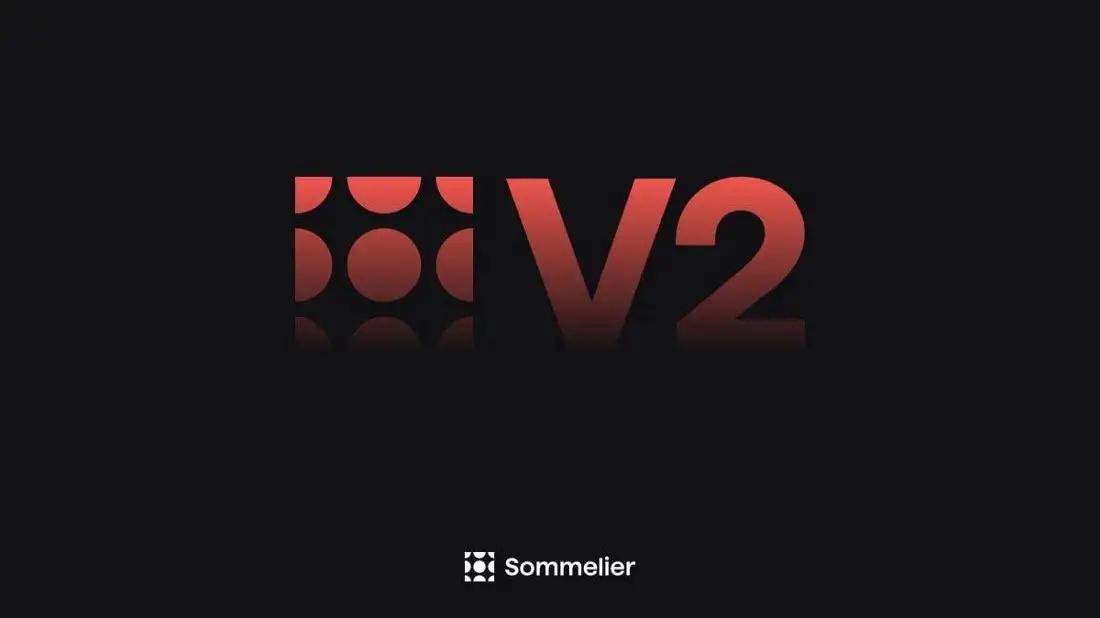
Sommelier Upgrades Cellar Architecture to Enable the Most Powerful DeFi Strategies in the Market

Real Yield USD is Coming to Maximize Stablecoin Yield

Retrospective on 2022 and the Journey Ahead

FAQ - Patache Digital’s Steady Strategies
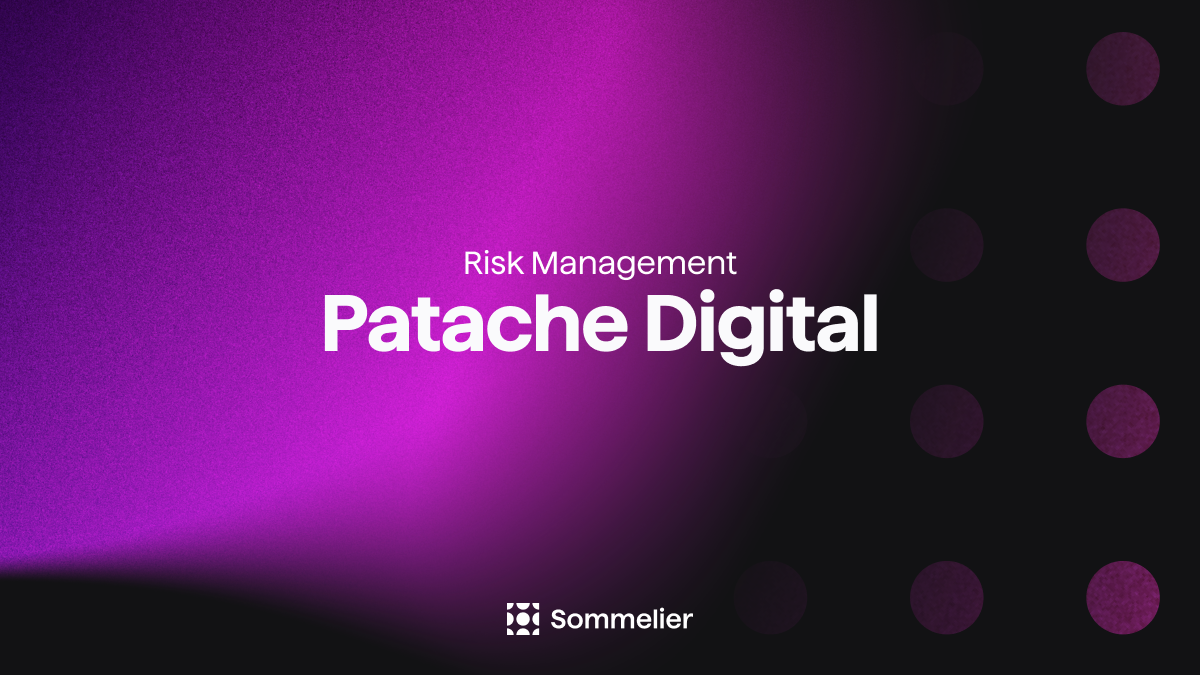
Patache Digital: Risk Management Discussion

Strategy Deep Dive: Patache Digital
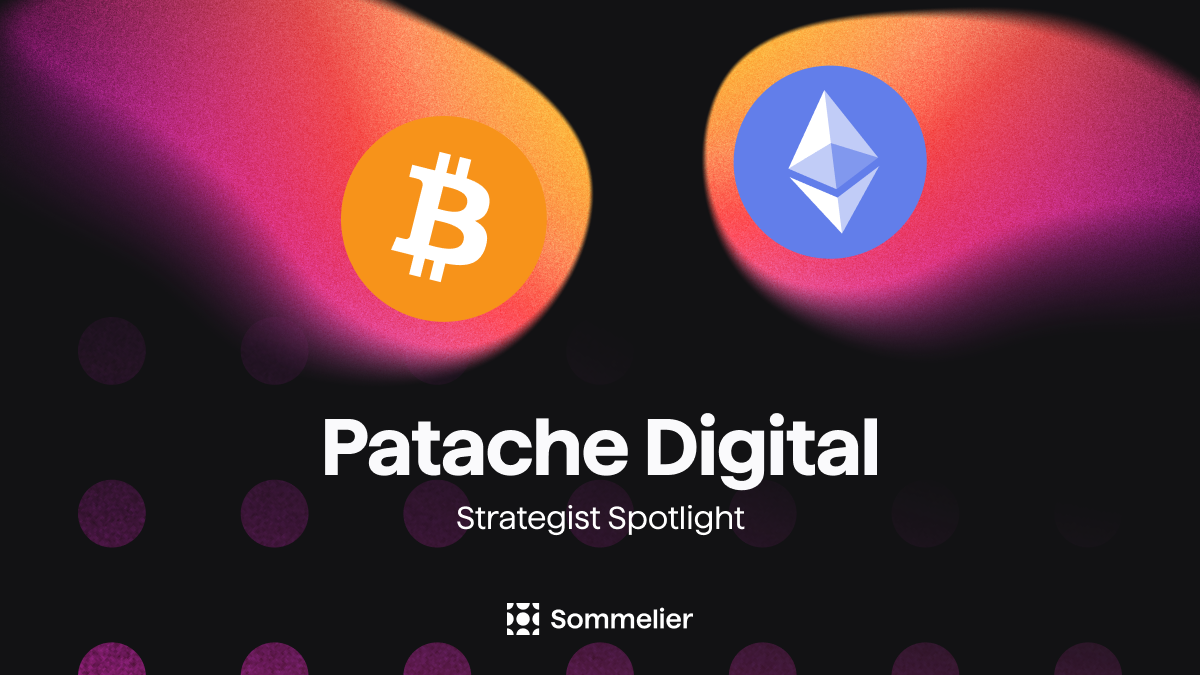
Strategy Provider Spotlight: Patache Digital
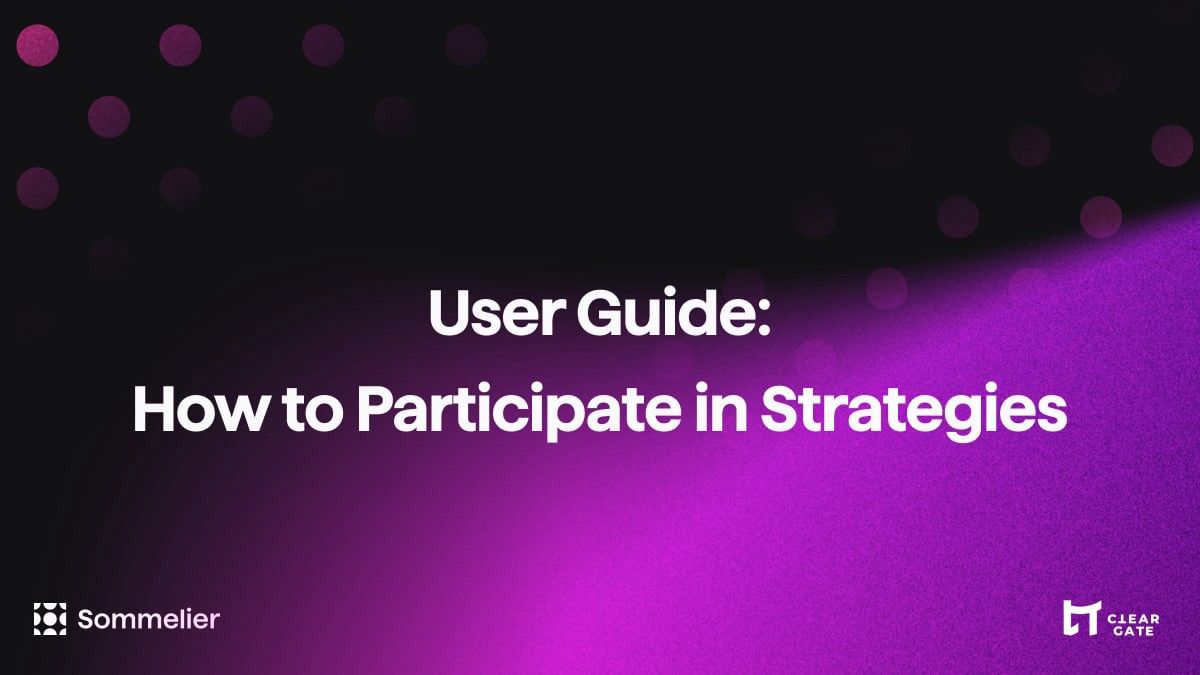
User Guide: How to Participate in Strategies on Sommelier

Sommelier Ambassador Program
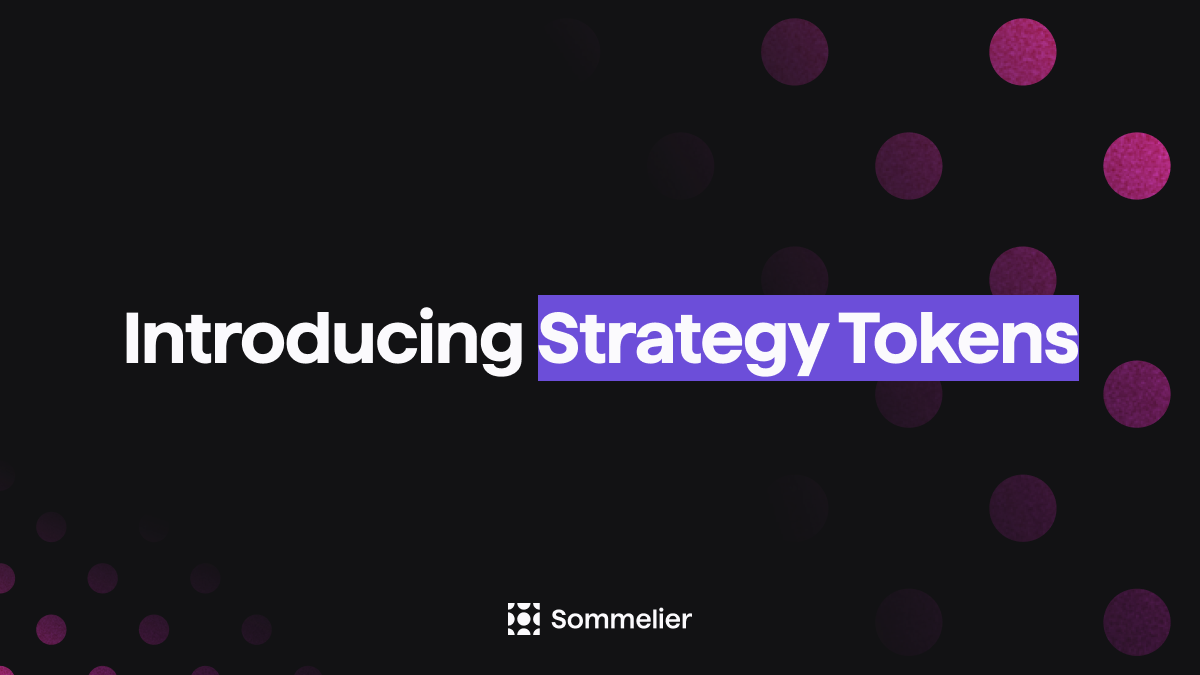
Strategy Tokens: What Are They and How Do They Work?

6 Core Principles of Sommelier
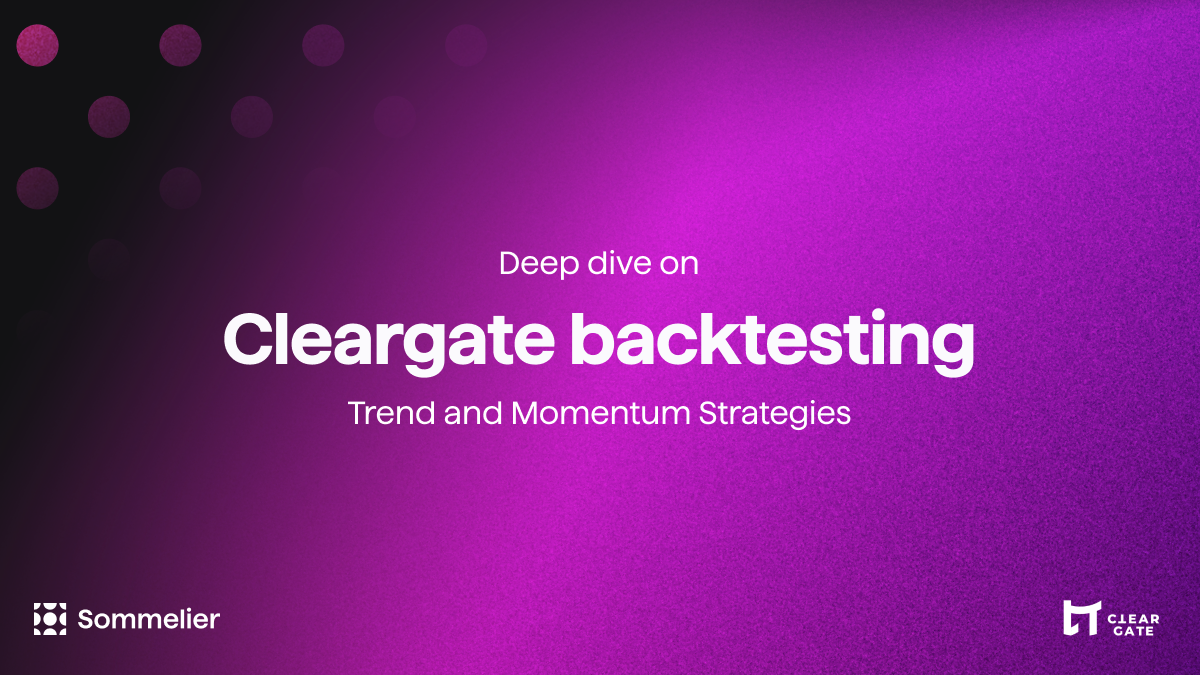
10/10/22 - Deep Dive on Cleargate Backtesting
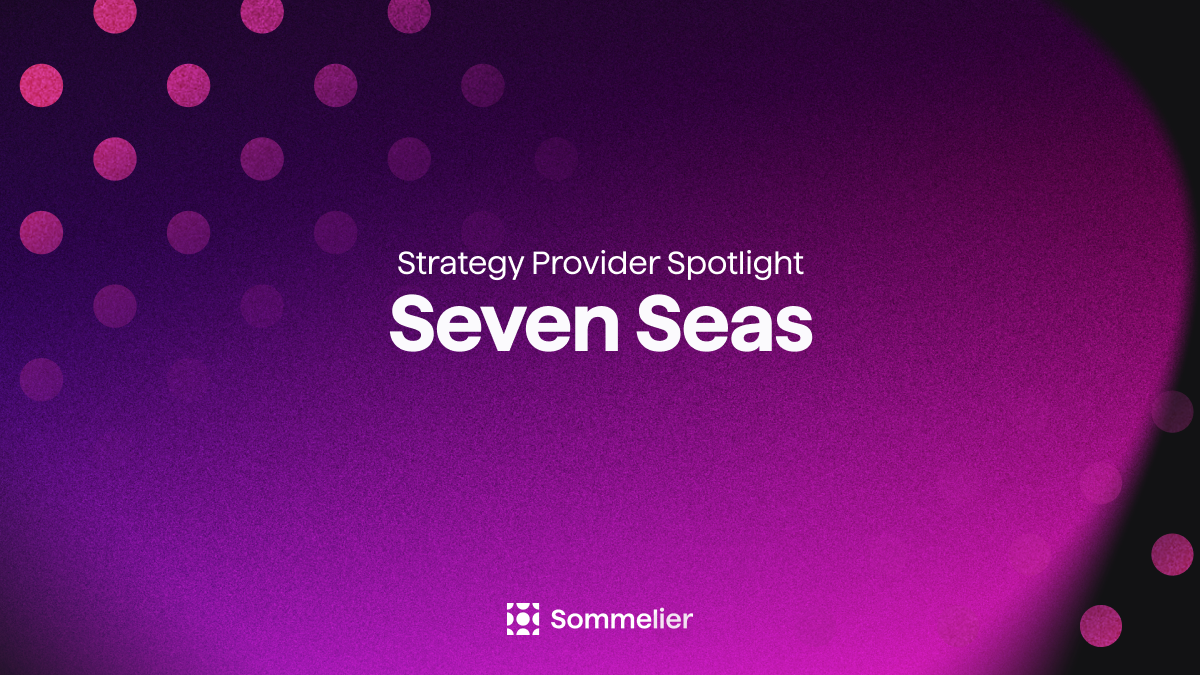
Strategy Provider Spotlight: Seven Seas

Deep Dive on Trend and Momentum Strategies

Strategy Provider Spotlight: ClearGate

Supporting Strategy Providers on Sommelier
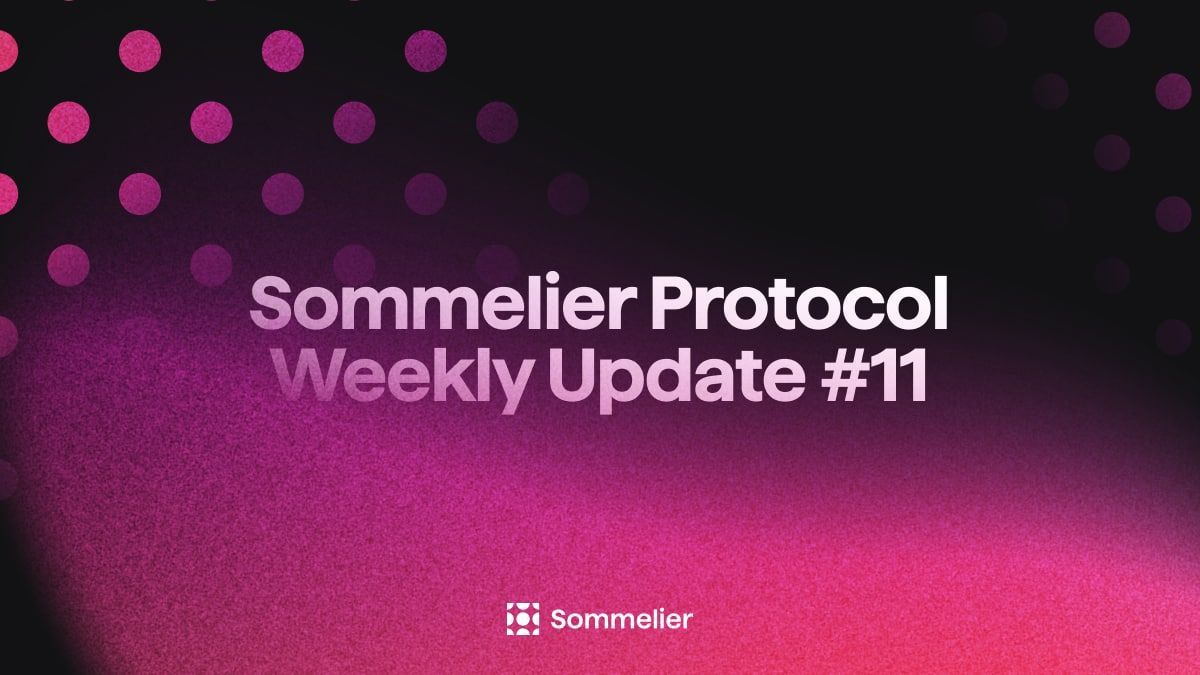
Sommelier Protocol Team Weekly Update #11
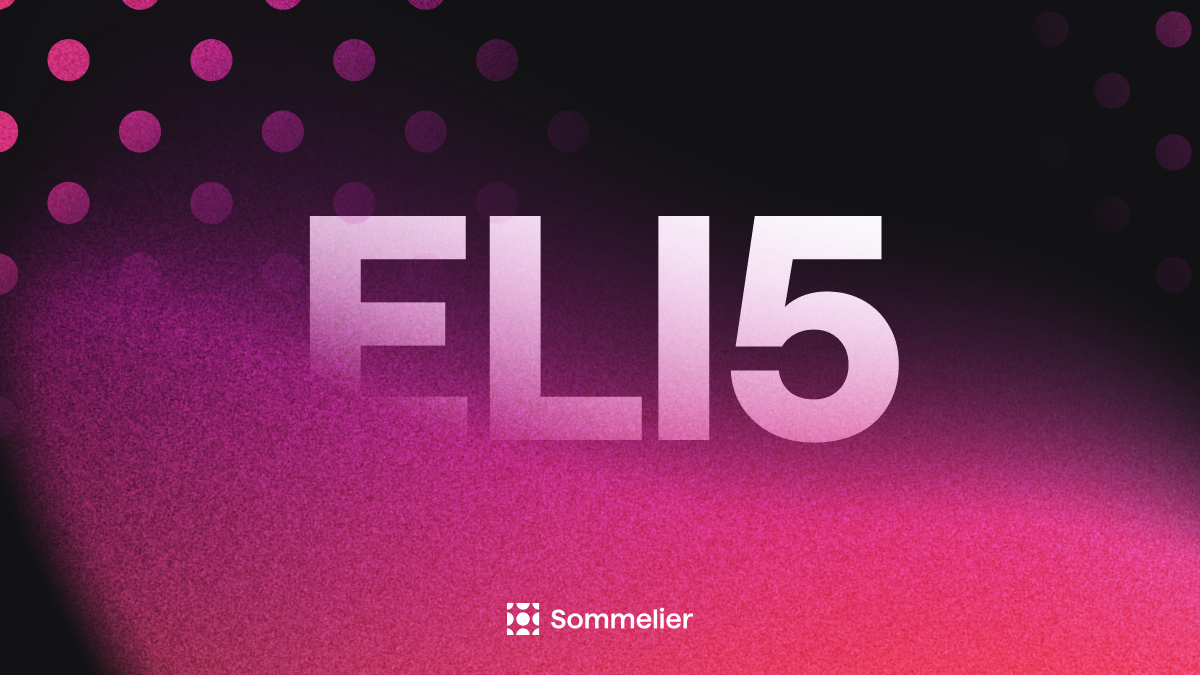
ELI-5 Explanation of the Data Science behind Sommelier’s First Aave Cellar

Sommelier Protocol Team Weekly Update #10
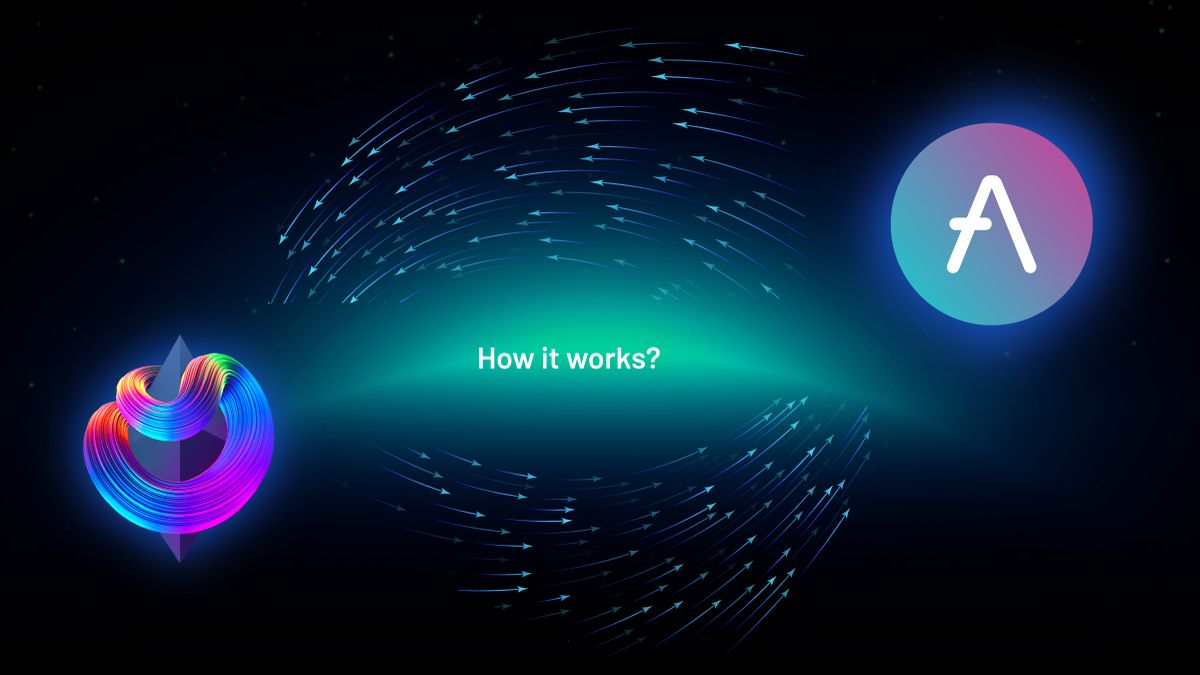
The Data Science Behind Sommelier’s First Aave Cellar
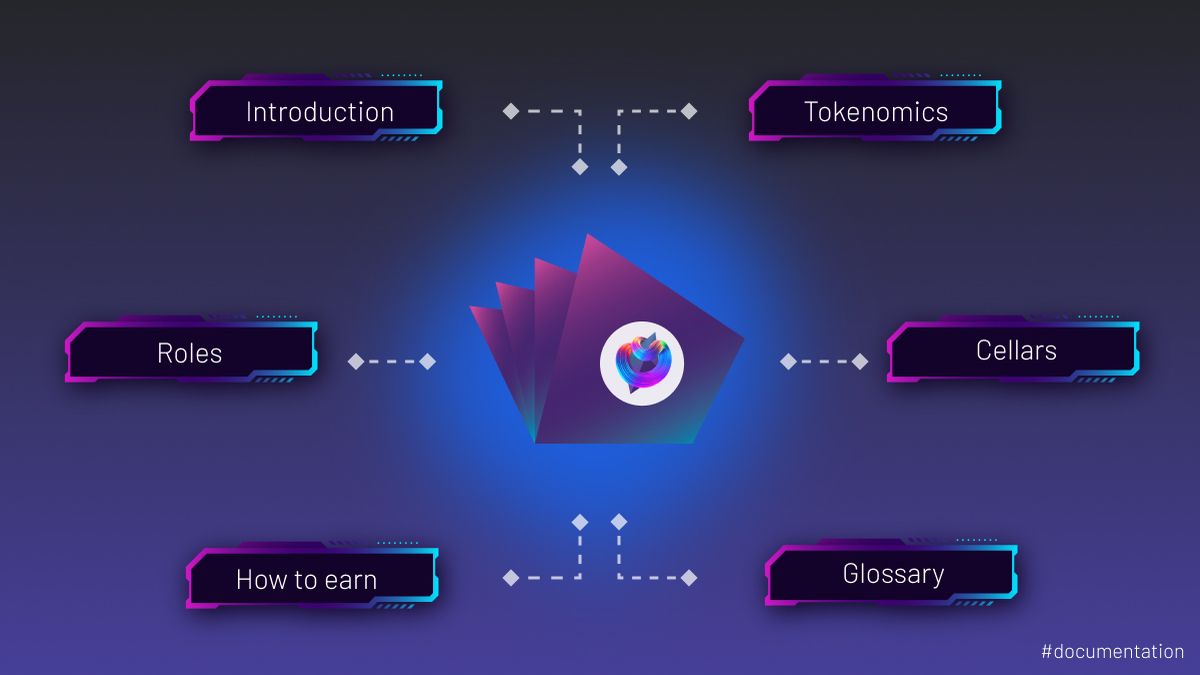
Sommelier Protocol Design Documents

Sommelier Protocol Team Weekly Update #9

Sommelier Protocol Team Weekly Update #8

Sommelier Protocol Team Weekly Update #7

Twitter Spaces With Sommelier: How to Launch a Cellar on Sommelier

Twitter Spaces With Sommelier: Protocol Upgrade and Community Update

Sommelier Protocol Team Weekly Update #4
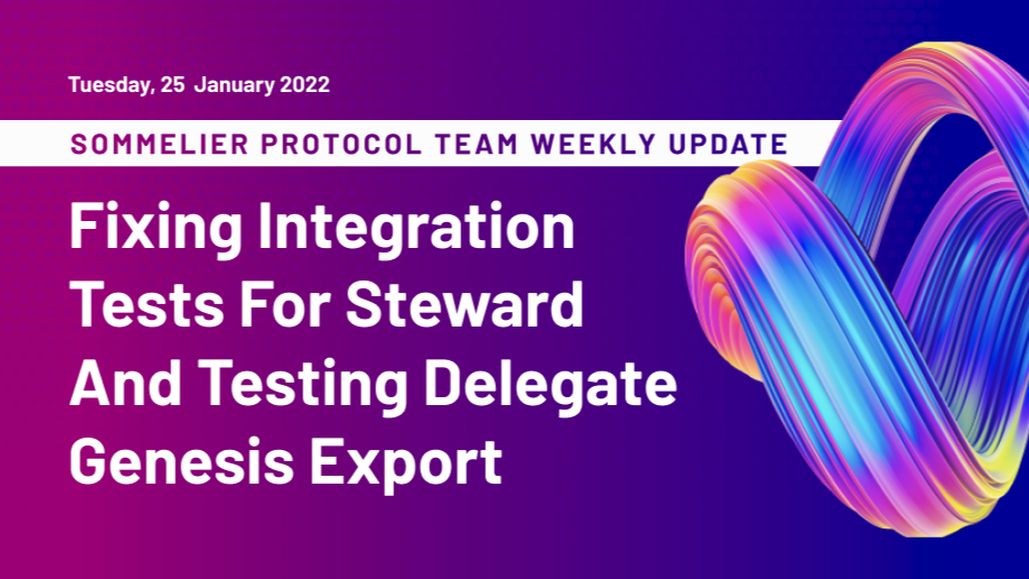
Sommelier Protocol Team Weekly Update #6
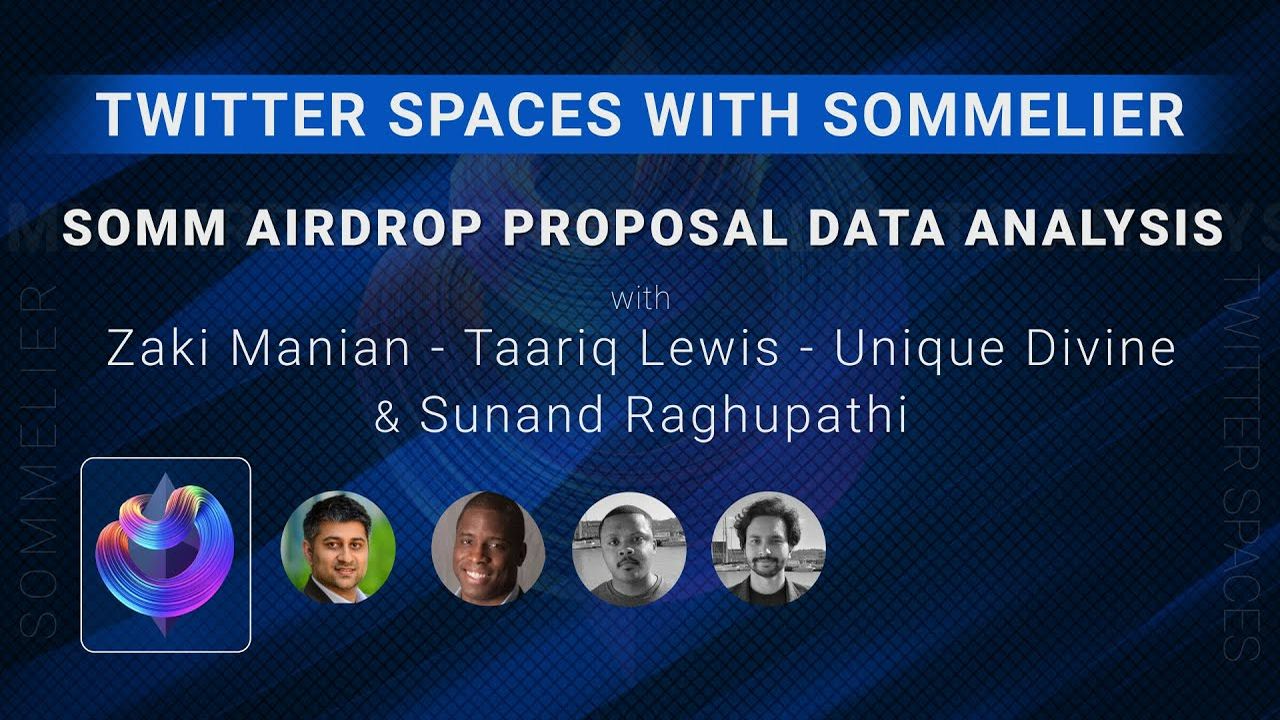
Twitter Spaces With Sommelier: SOMM Airdrop Proposal Data Analysis
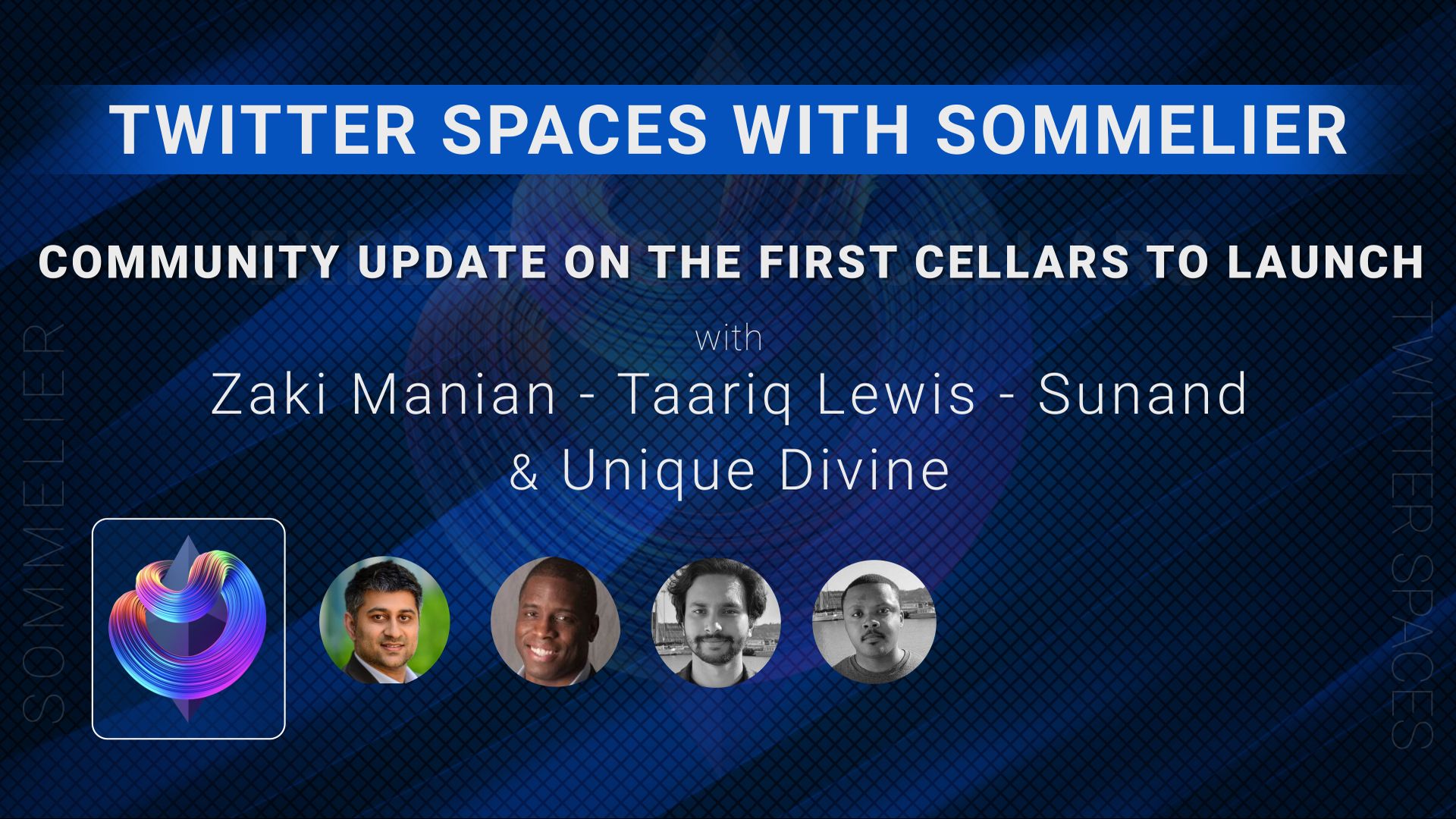
Twitter Spaces With Sommelier: Community Update on the First Cellars to Launch
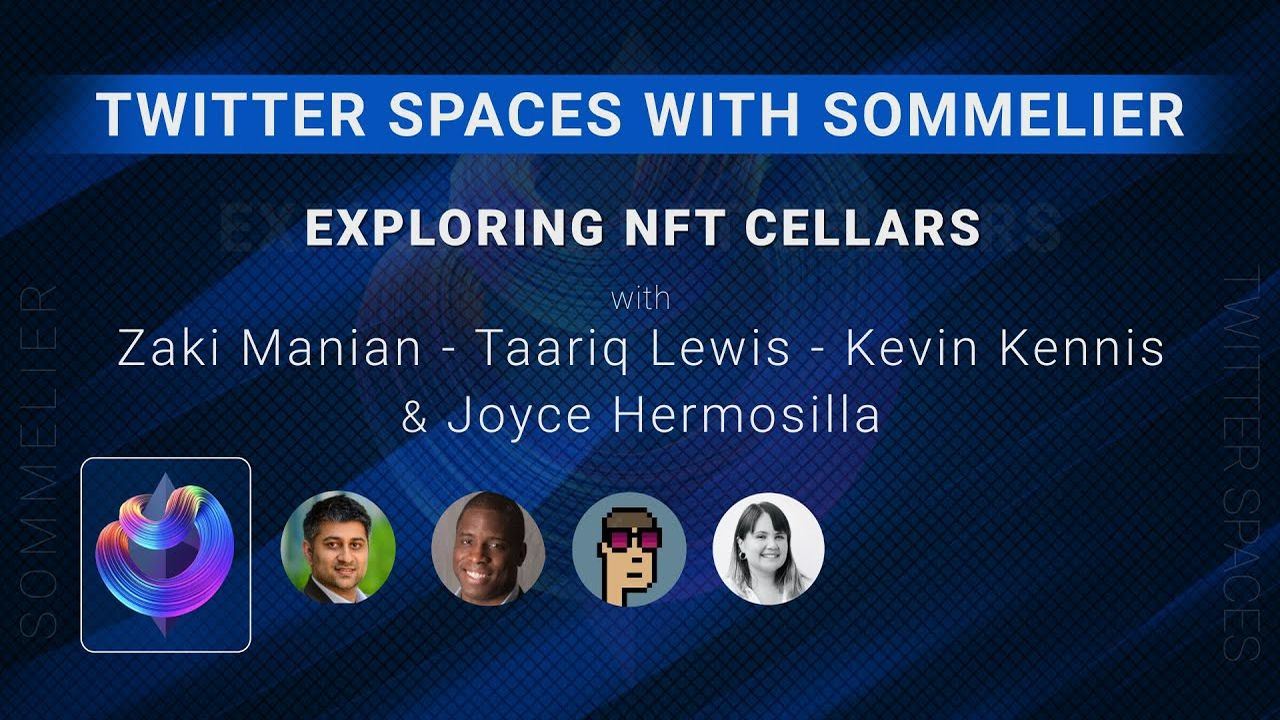
Twitter Spaces With Sommelier: Exploring NFT Cellars

Sommelier Protocol Team Weekly Update #1
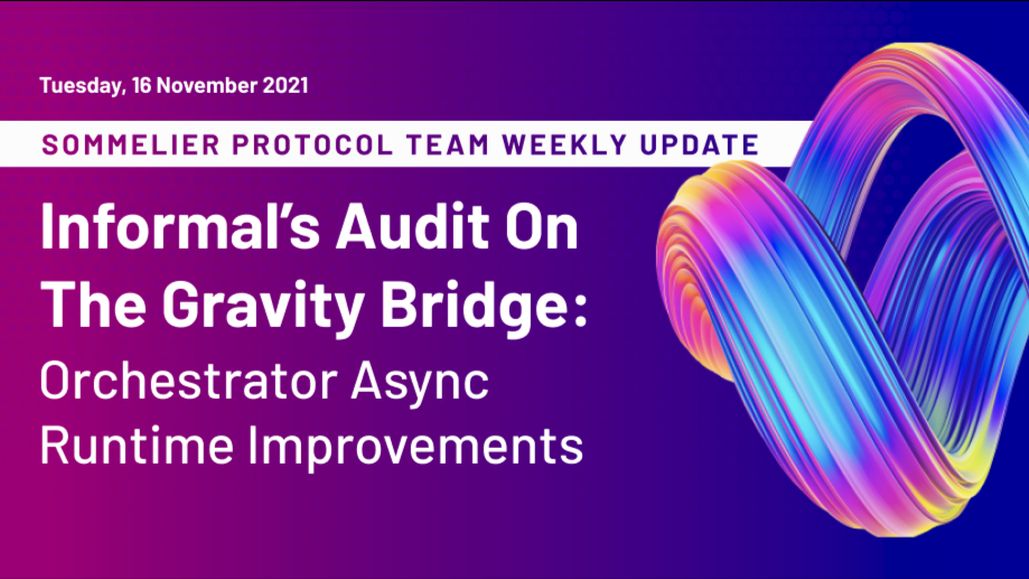
Sommelier Protocol Team Weekly Update #2
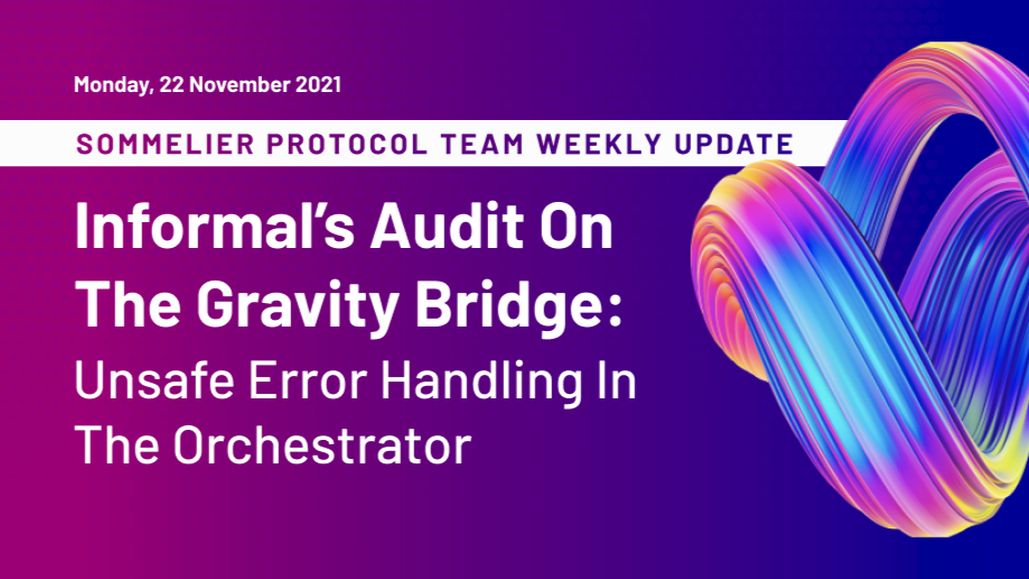
Sommelier Protocol Team Weekly Update #3

Three Things You Need to Know About Sommelier Governance This Week
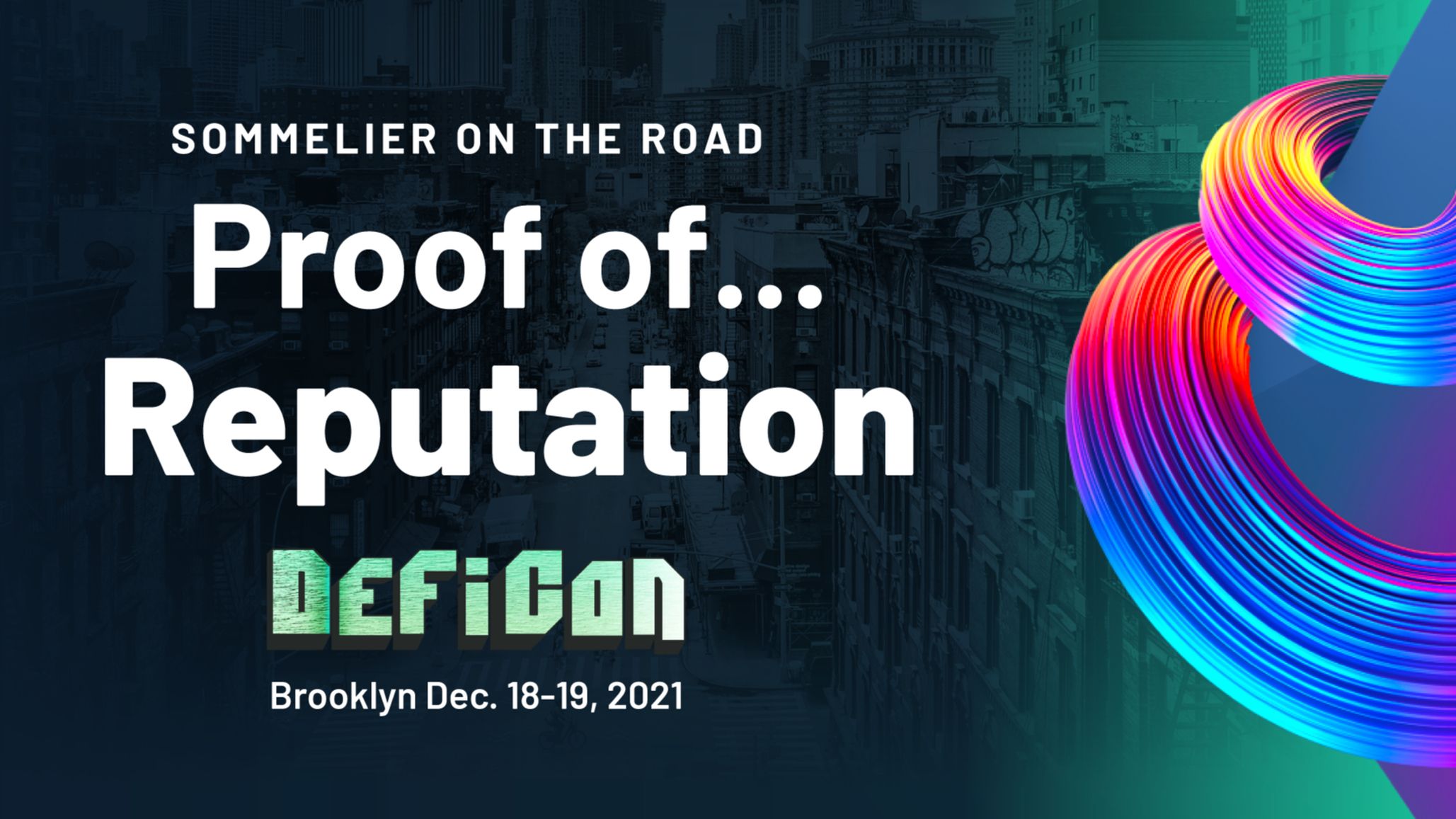
Sommelier On the Road: PROOF OF…REPUTATION
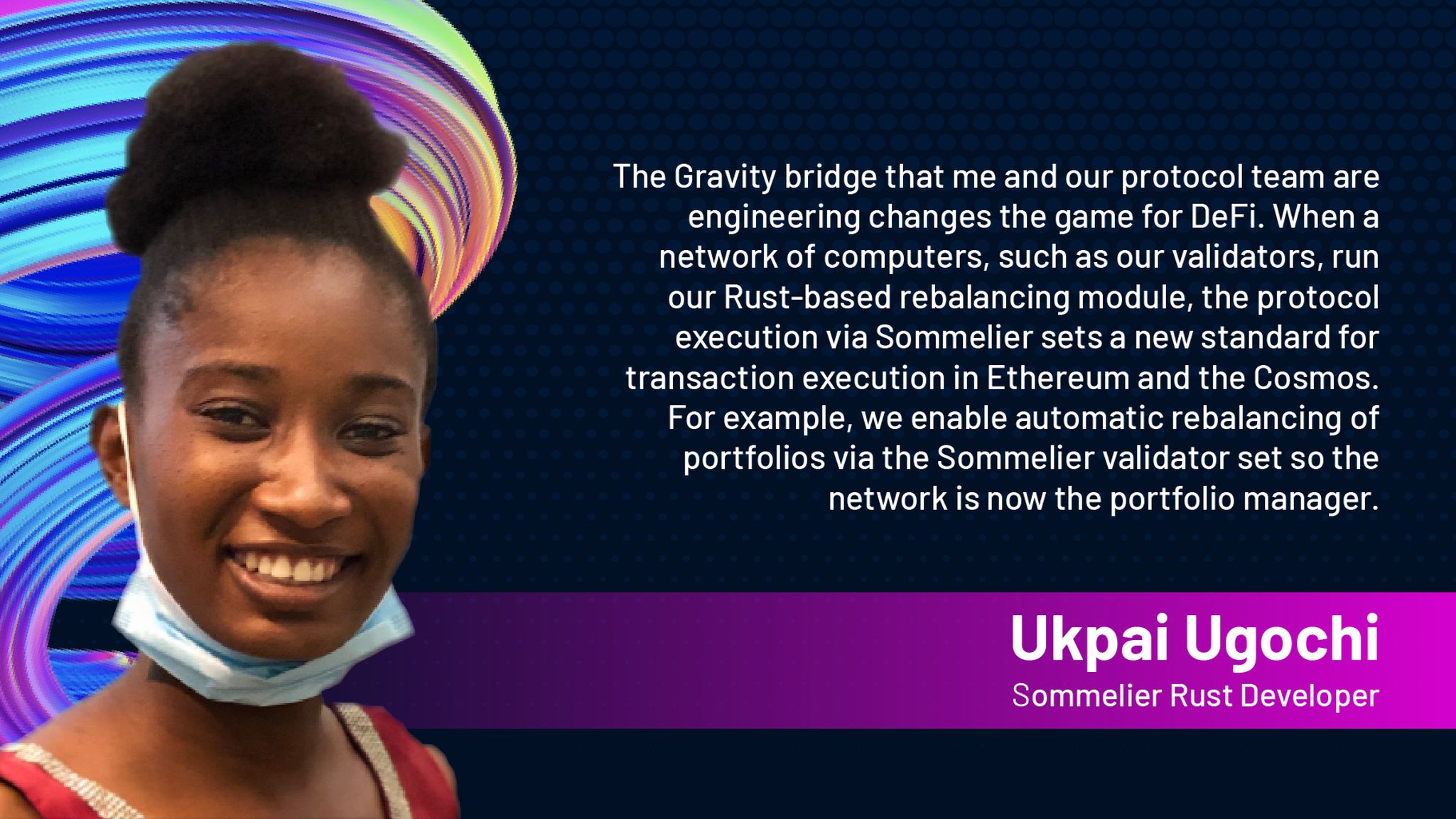
Introducing Ukpai Ugochi - Working on The Sommelier Cellars Rebalancer
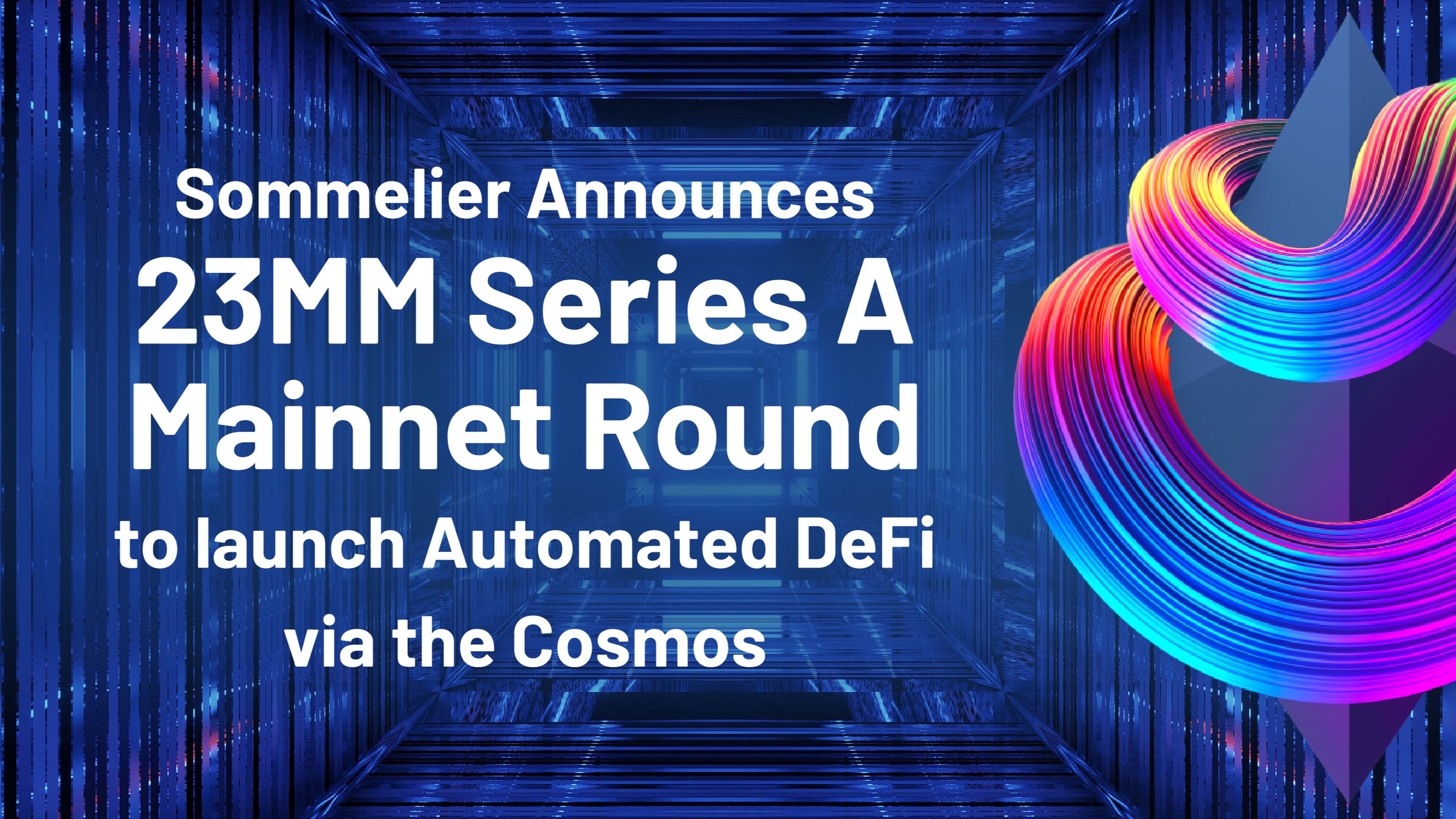
Sommelier Announces 23MM Series A Mainnet Round to launch Automated DeFi via the Cosmos
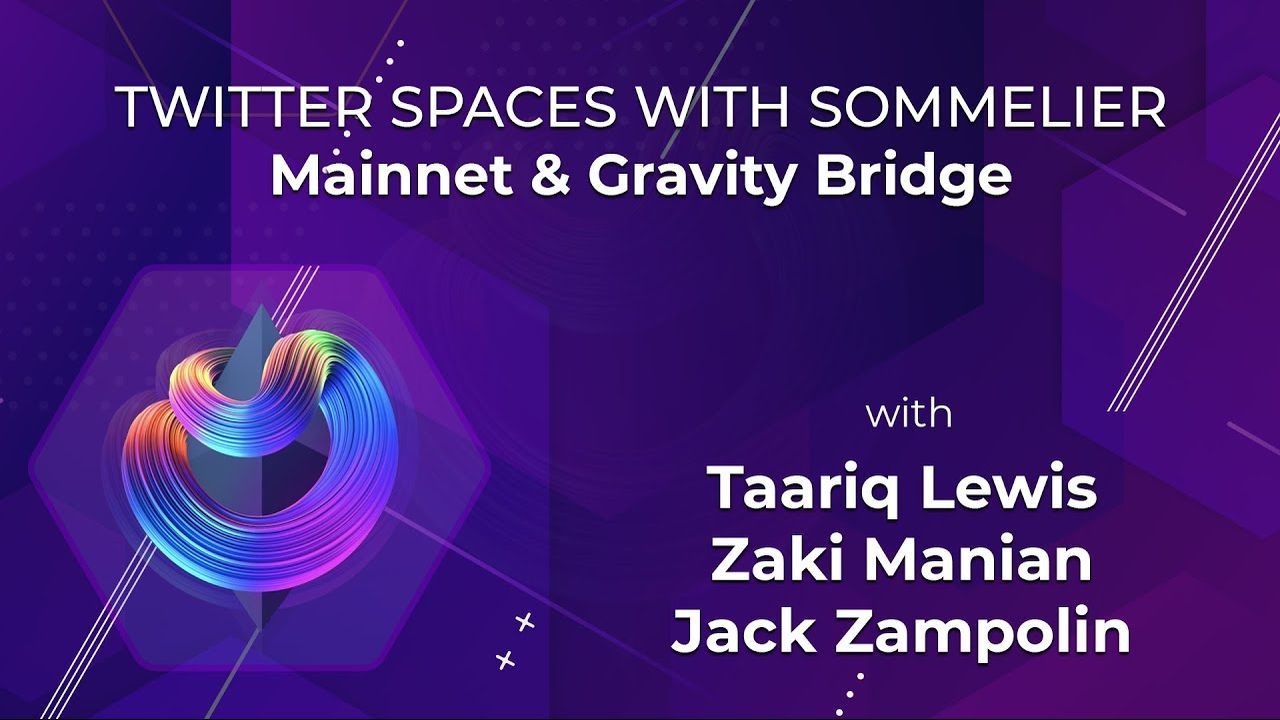
Twitter Spaces With Sommelier: Mainnet Launch & Gravity Bridge
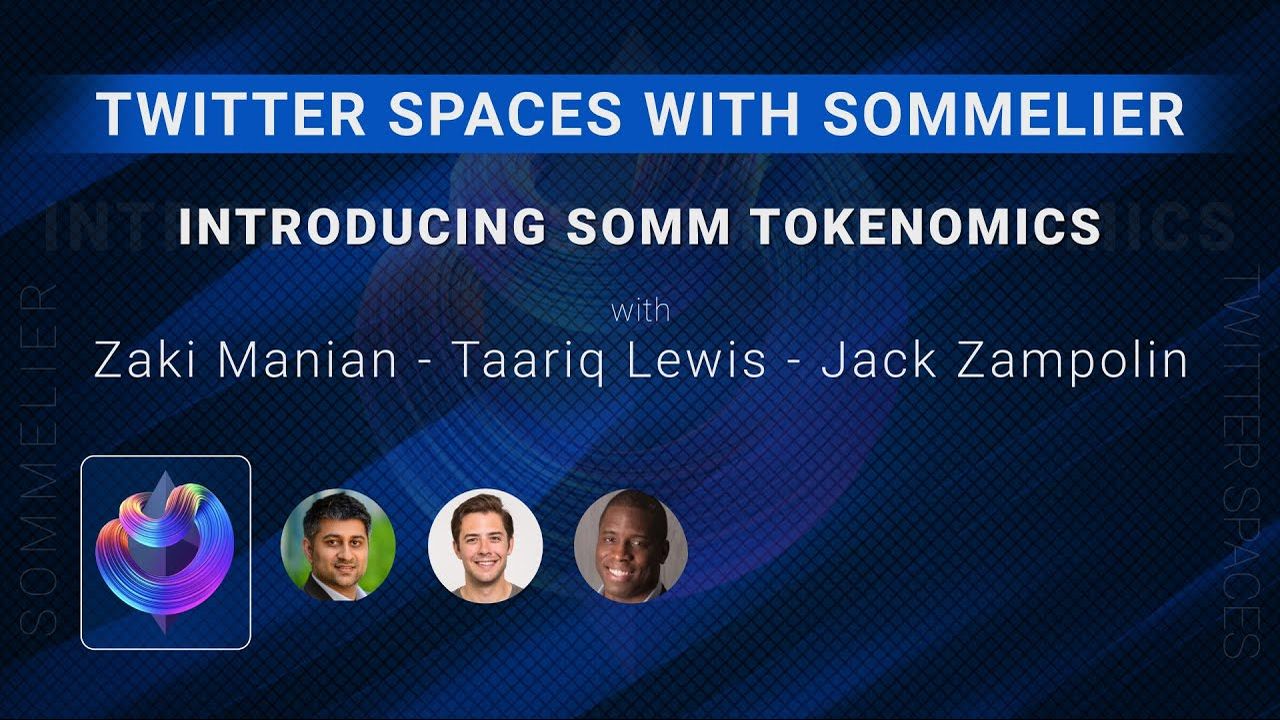
Twitter Spaces With Sommelier: Introducing SOMM Tokenomics

Twitter Spaces With Sommelier: Mysten Labs AMA With Evan Cheng

Introducing SIPS and Sommelier’s Governance Structure

Twitter Spaces With Sommelier: End of Year AMA 2021

Twitter Spaces With Sommelier: Intro to SIPS & Lisbon Blockchain Week
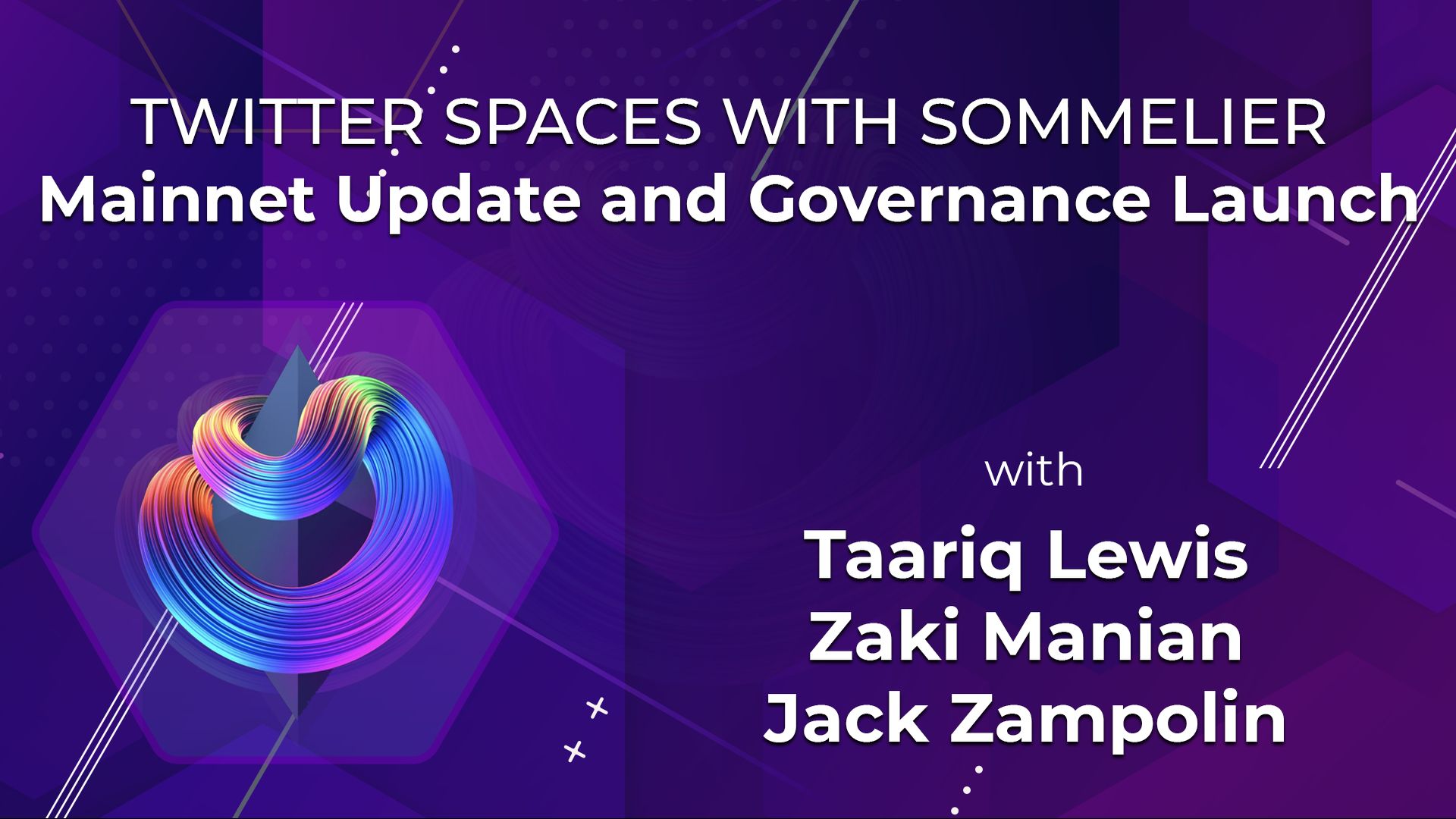
Twitter Spaces With the Sommeliers: Mainnet Update and Governance Launch

Sommelier Partners With Mysten Labs to Make Sommelier and All Cosmos Blockchains the Fastest Protocols on the Planet
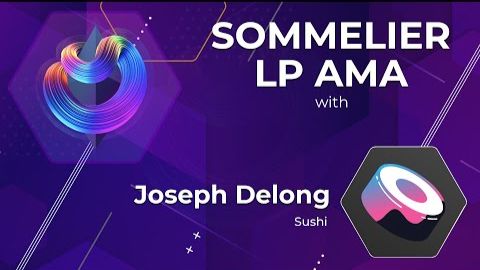
Twitter Spaces With the Sommeliers: Sushi AMA With Joseph Delong
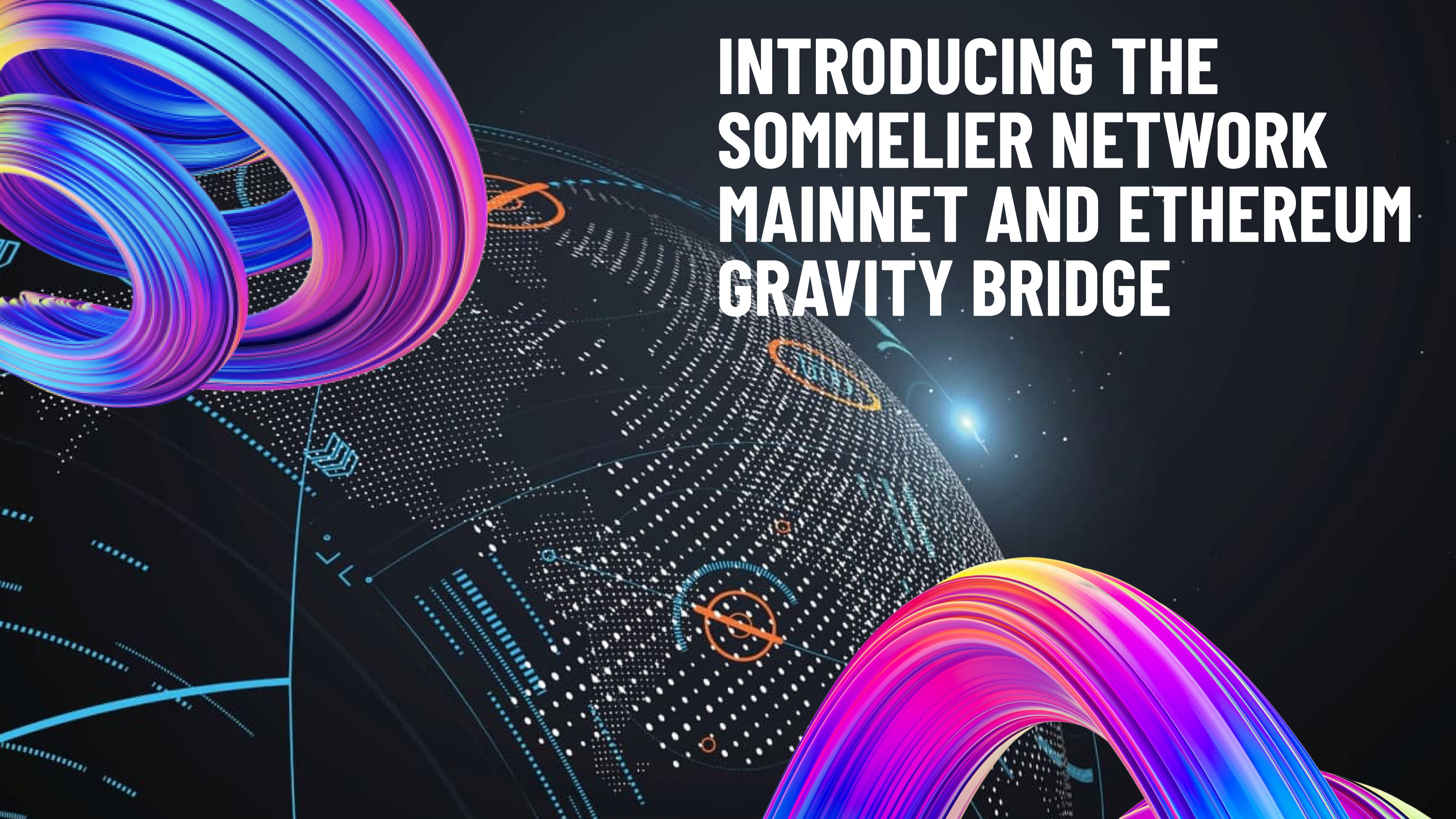
Introducing the Sommelier Network Mainnet and Ethereum Gravity Bridge
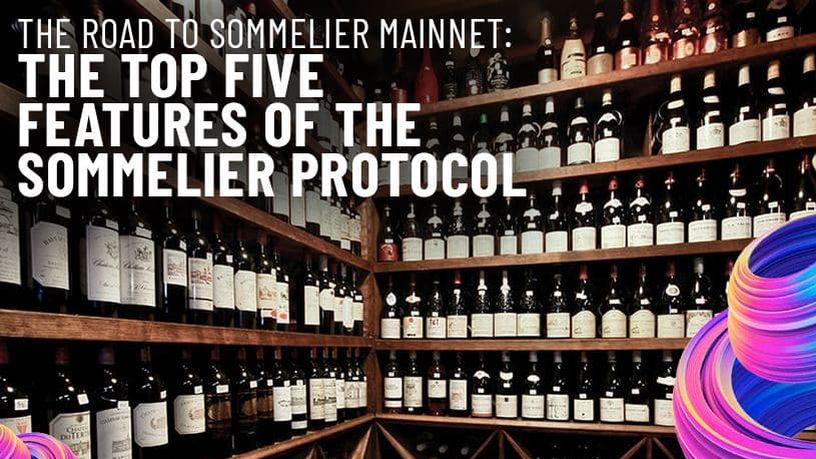
The Top Five Features of the Sommelier Protocol

Call for Validators: The Two Step Process for 2021

Two New Features Launched to Test Liquidity Management on Uniswap v3

Uniswap v3 Remove Smart Contract Incident Post Mortem for Sommelier
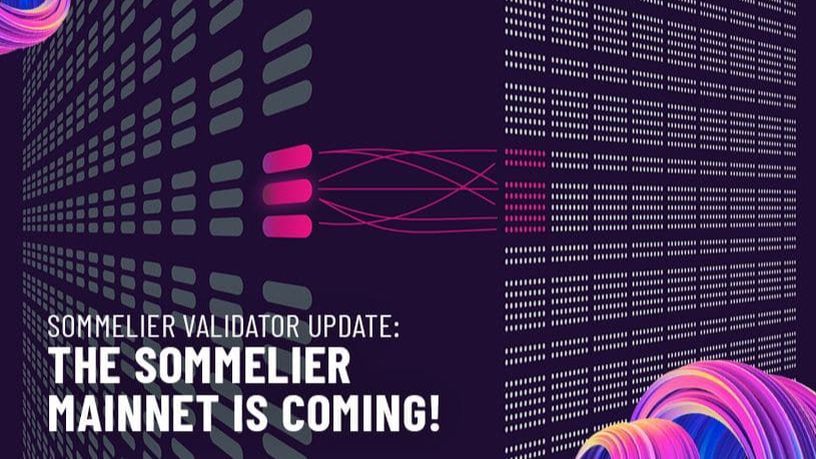
Call for Validators: Road to Sommelier Mainnet
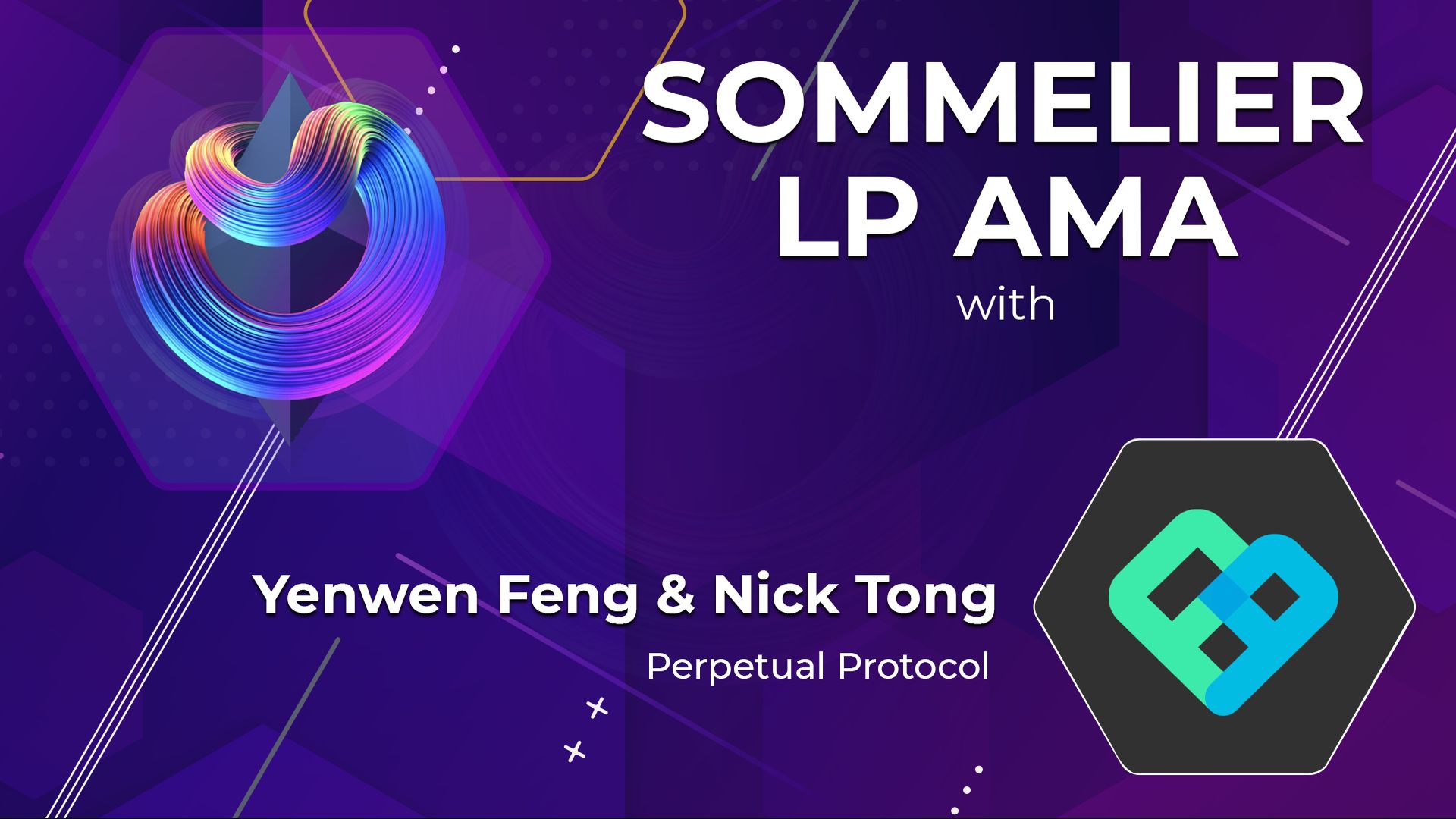
Sommelier Liquidity AMA With Yenwen and Nick From Perpetual Protocol
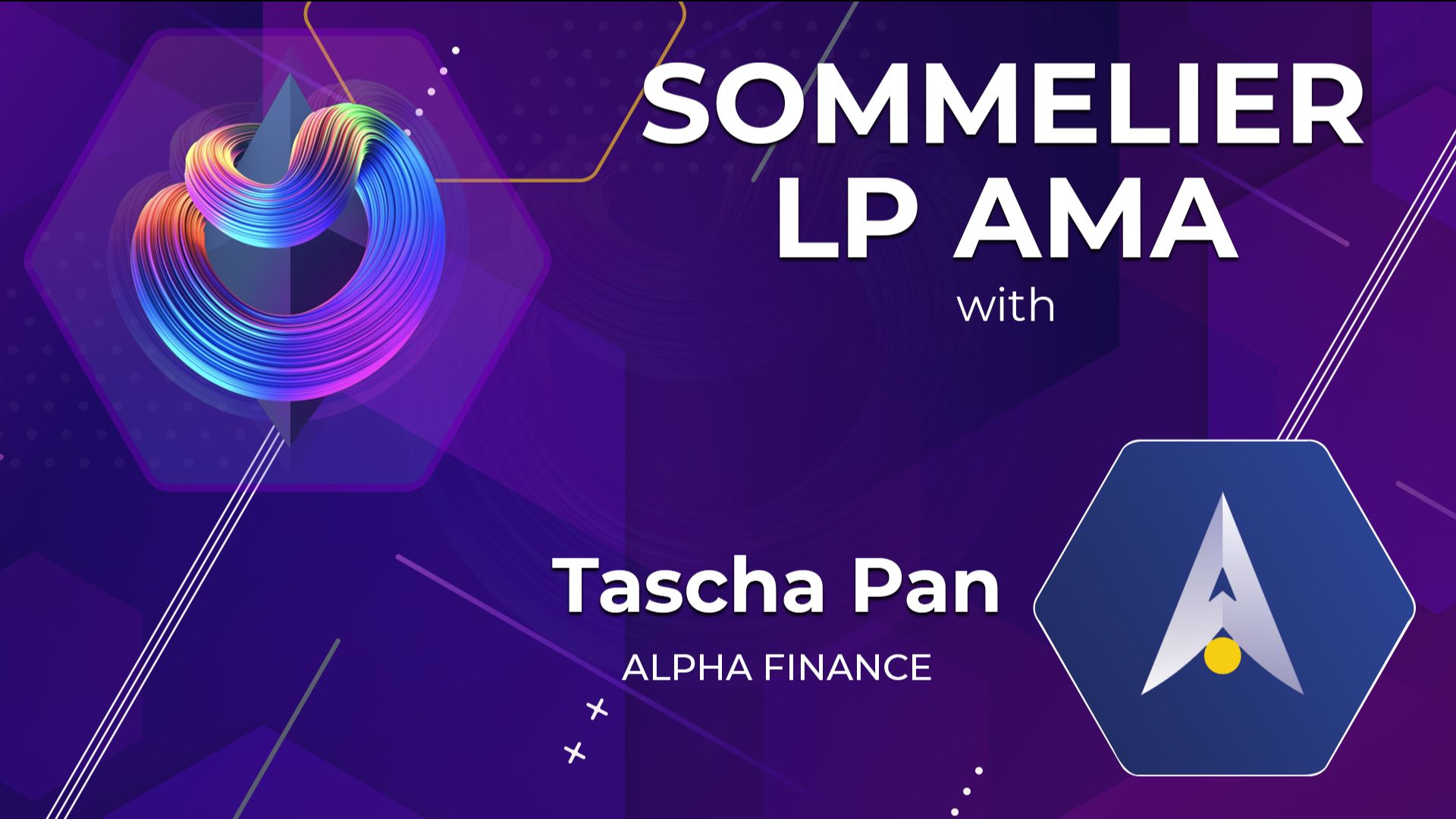
Sommelier Liquidity AMA With Tascha Pan From Alpha Finance
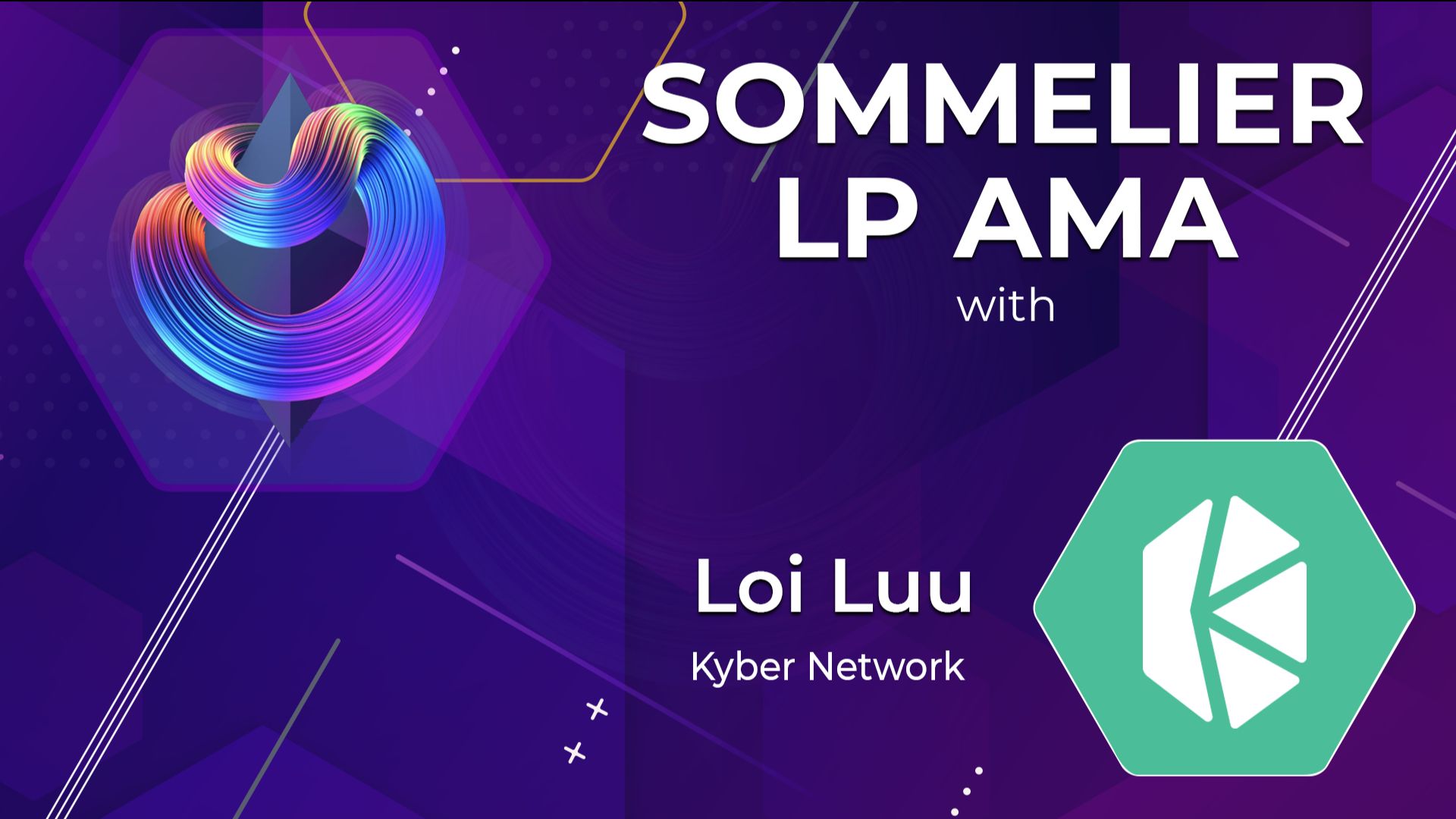
Sommelier Liquidity AMA With Loi Luu From Kyber Network

Sommelier Liquidity AMA With Alex From Peanut
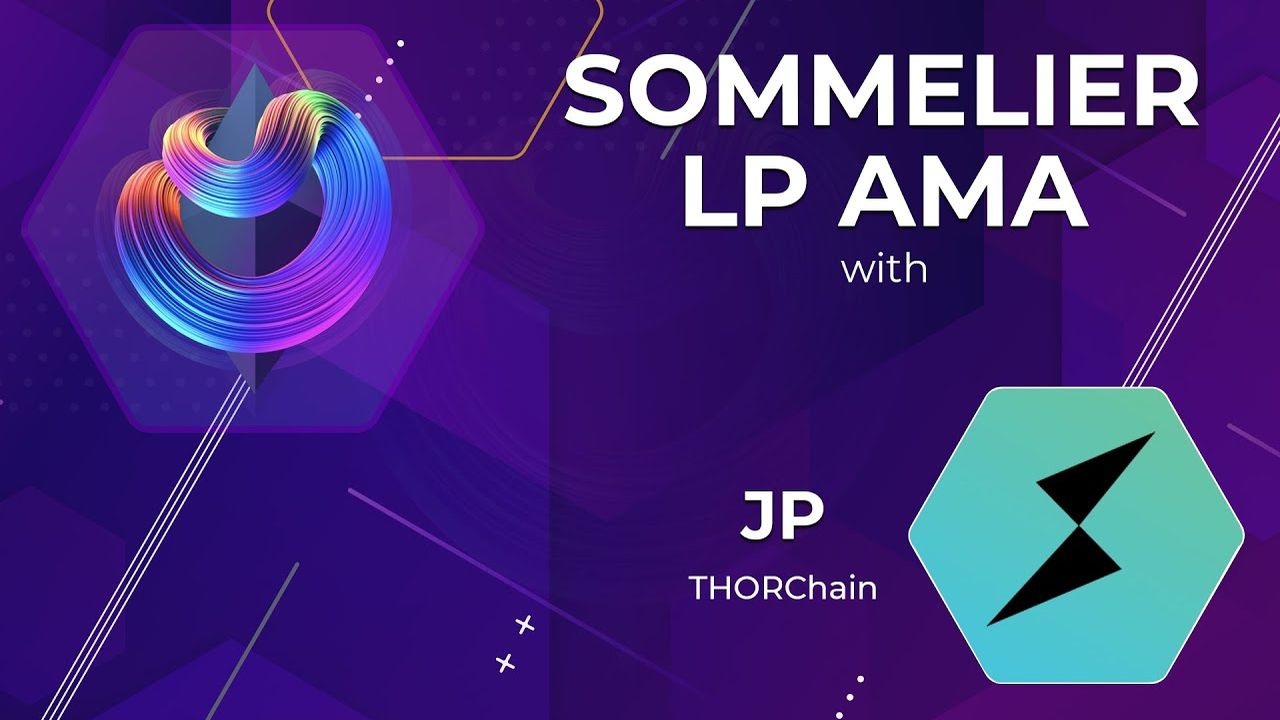
Sommelier Liquidity AMA With JP From THORChain

Sommelier Liquidity AMA With Alan Chiu From OMGX Network
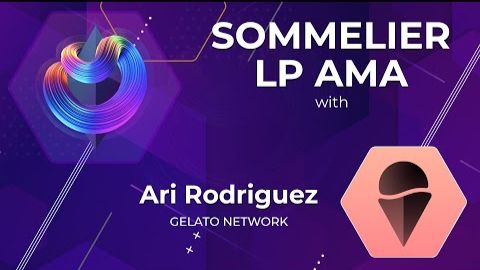
Sommelier Liquidity AMA With Ari From Gelato Network
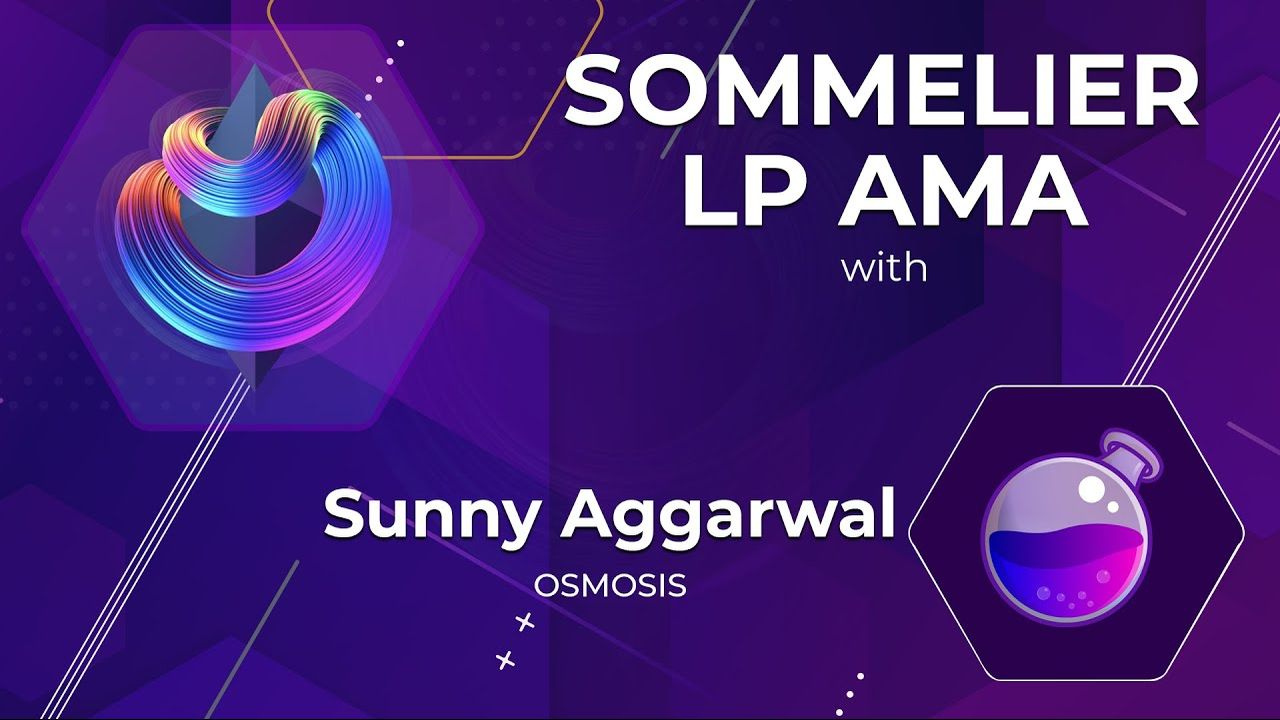
Sommelier Liquidity AMA With Sunny Aggarwal From Osmosis
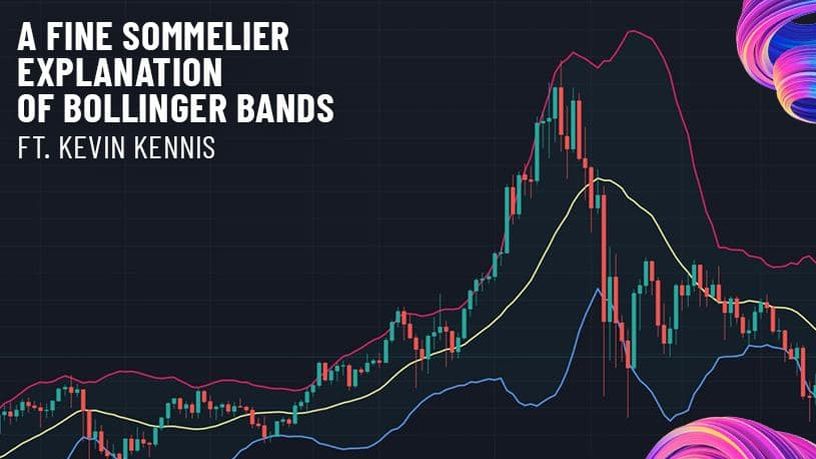
A Fine Sommelier Explanation of Bollinger Bands With Kevin Kennis

Sommelier Liquidity AMA With Mona El Isa From Enzyme

Sommelier Liquidity AMA With Haxor From Method Finance

Sommelier Liquidity AMA With Tor From Secret Network
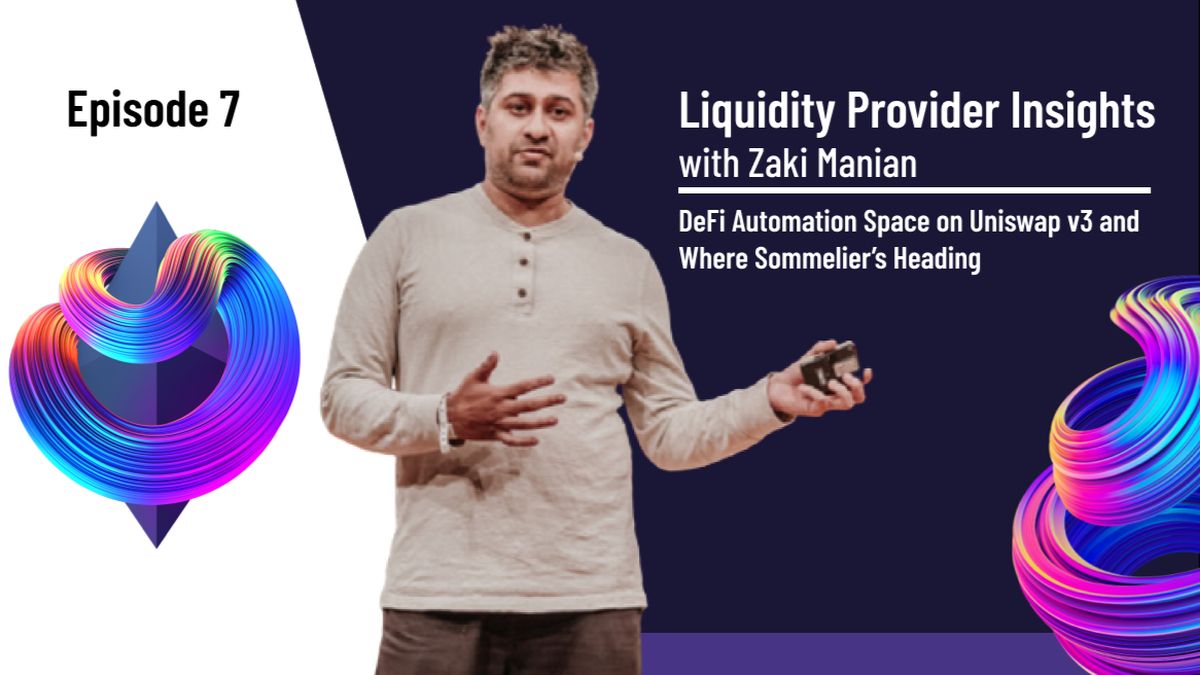
Liquidity Provider Insights With Zaki Manian - Ep. 7 - DeFi Automation Space on Uniswap v3 and Where Sommelier’s Heading
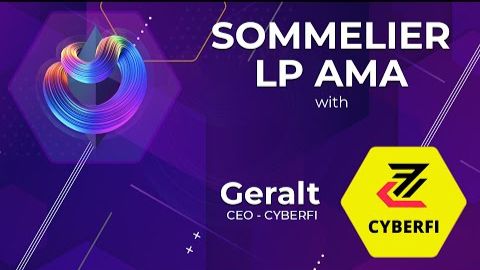
Sommelier Liquidity AMA With Geralt From CyberFi

A Pairings Tutorial of Two Sided Liquidity Addition with Sommelier
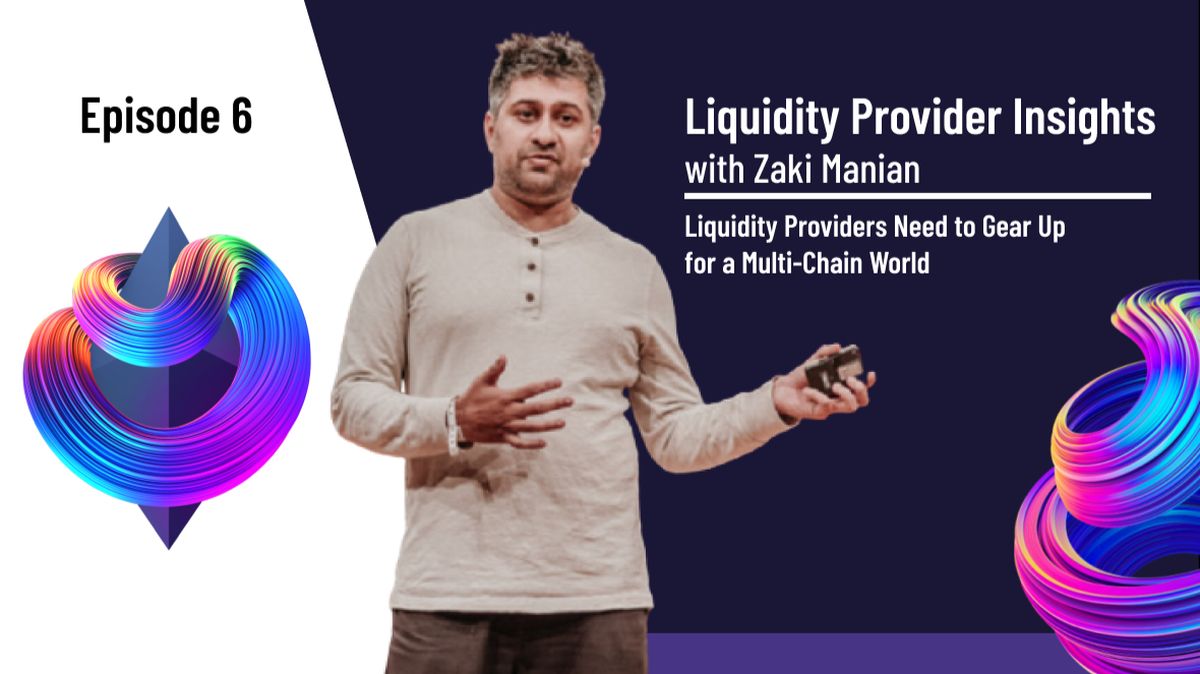
Liquidity Provider Insights with Zaki Manian - Ep. 6 - Liquidity Providers Need to Gear Up for a Multi-Chain World
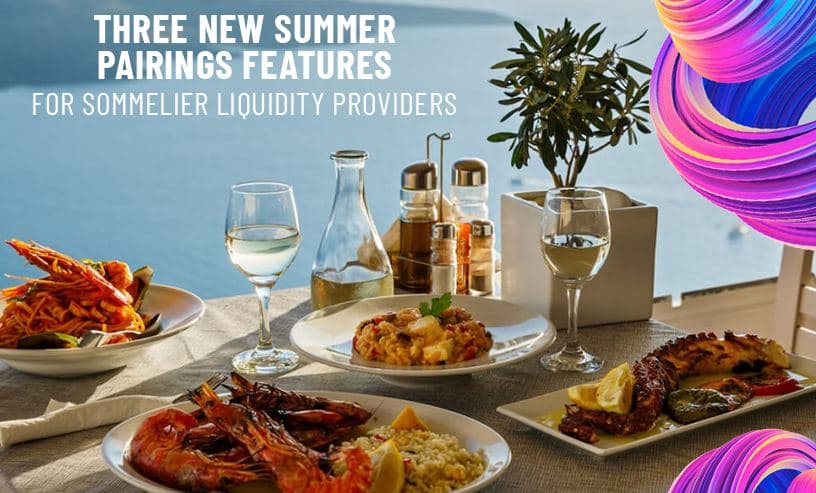
Three New Summer Features for Liquidity Providers

Sommelier Liquidity AMA with Tom C and Max W from Charm

Sommelier Liquidity AMA with Dereek69 & Shalaquiana from BIOPset

Sommelier This Week - June 3rd 2021: The Road to Mainnet
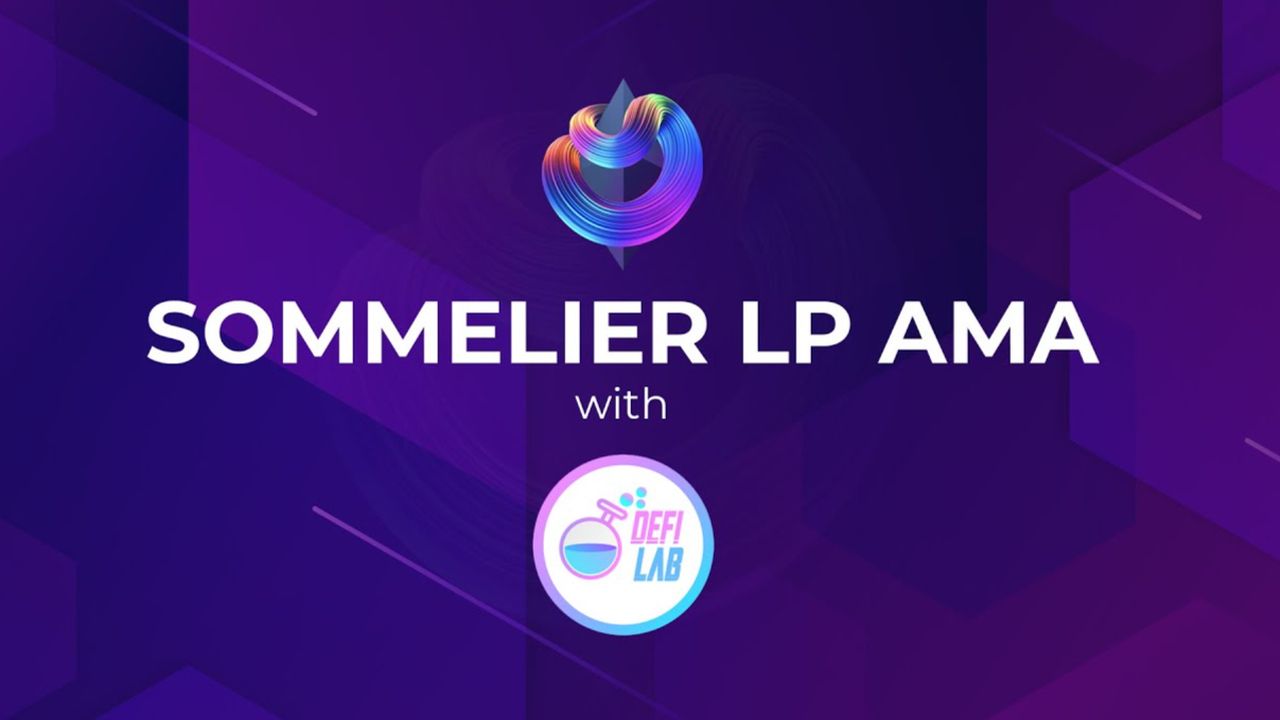
Sommelier Liquidity AMA with Federico Landini from DefiLab
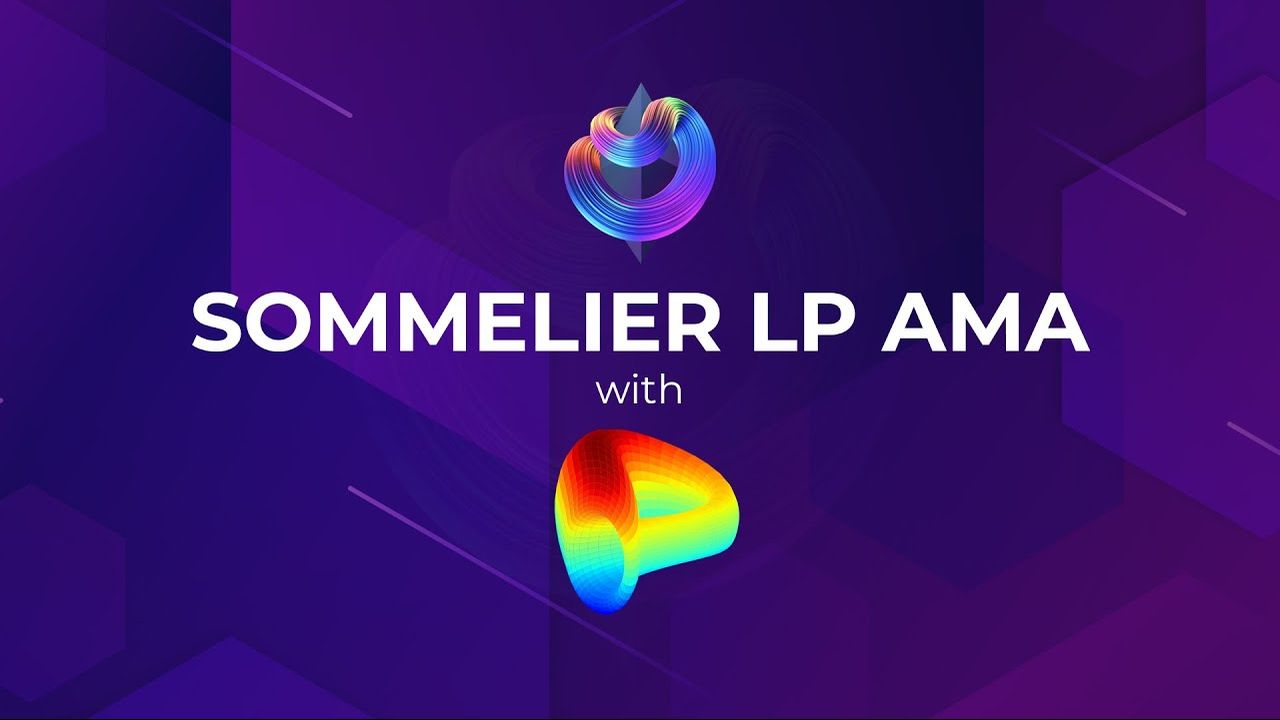
Sommelier Liquidity AMA with Michael Egorov from Curve
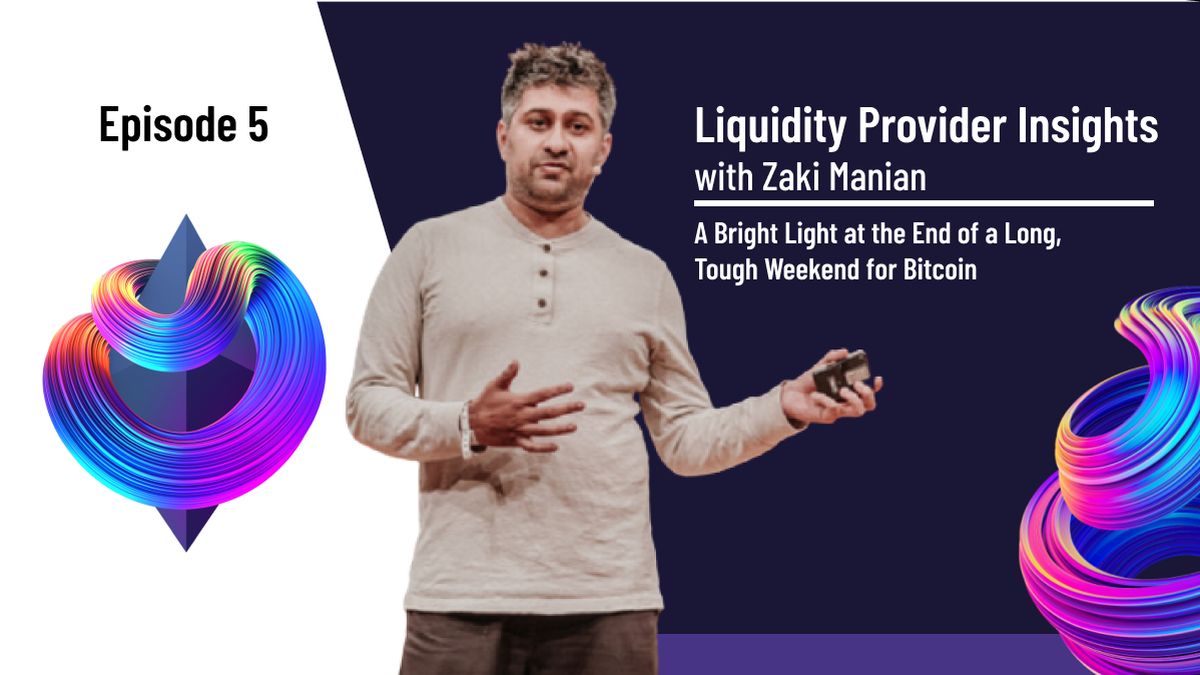
Liquidity Provider Insights with Zaki Manian - Ep. 5 - A Bright Light at the End of a Long, Tough Weekend for Bitcoin

Sommelier This Week - May 27th 2021: What Aspiring Sommelier Validators Need to Know on Last Week’s Protocol and App Progress
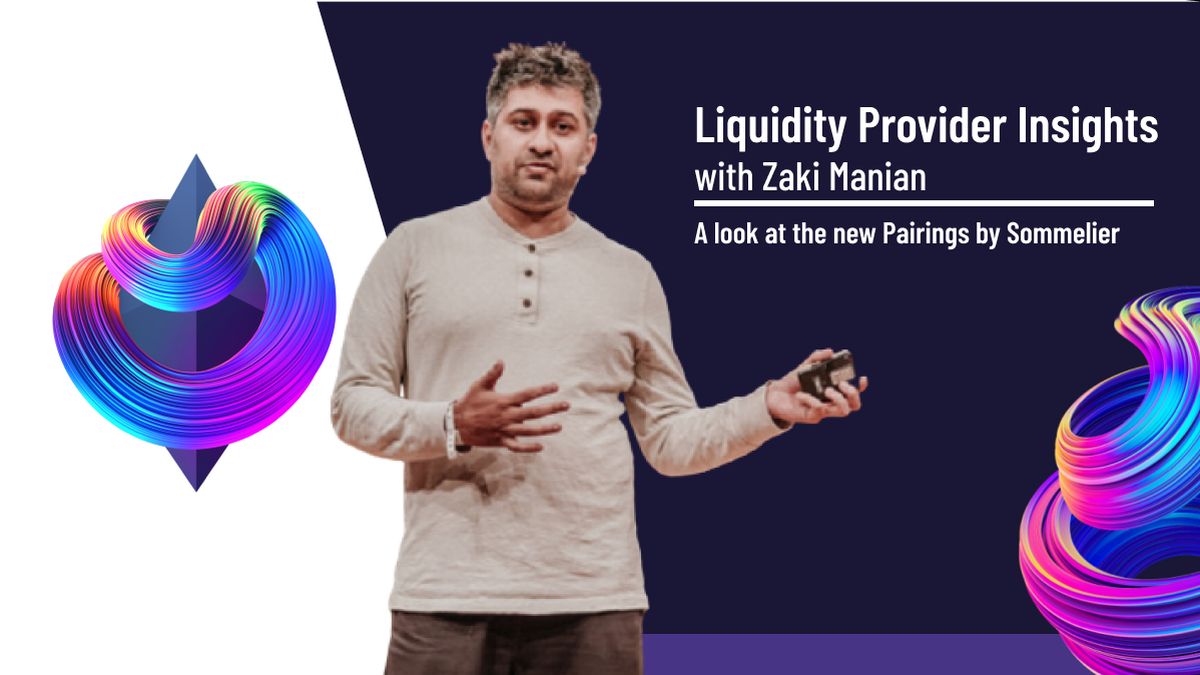
Liquidity Provider Insights with Zaki Manian (Special Edition) - Ep. 4 - New Pairings Release

Sommelier R&D AMA With Yaniv Tal From the Graph

Sommelier Liquidity AMA with MacLane Wilkison from NuCypher

The Eight Steps to Become a Liquidity Provider with Pairings

Sommelier NFT Awards - May 18th, 2021
Pairings By Sommelier: The FAQ

Zaki Manian Breaks Down What Liquidity Providers Need to Know Under Uniswap v3

Sommelier This Week - May 6th 2021: How This Week’s Protocol and App Progress Weaves Together to Make a Product
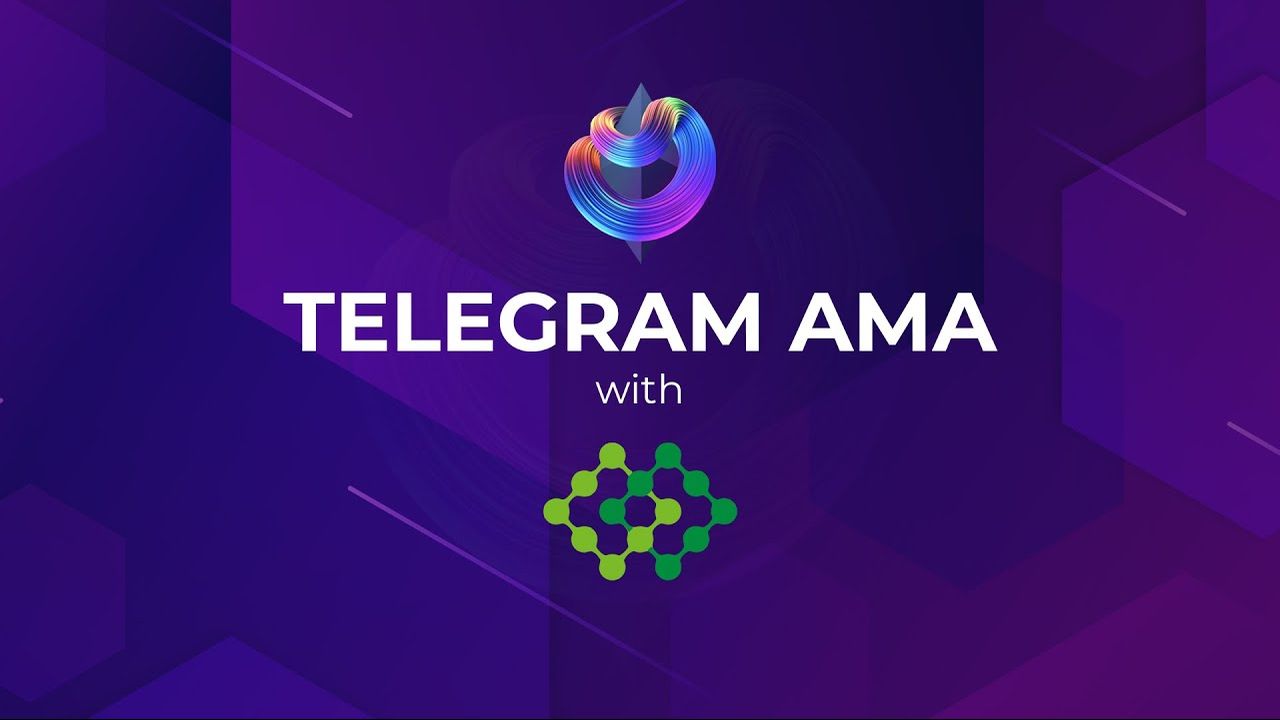
Sommelier Liquidity AMA with Dan Thomson from InsurAce

Sommelier This Week - April 29th 2021: Weeks Away From a Taste of the Sommelier App Experience and How the Dev Team Stays on Track
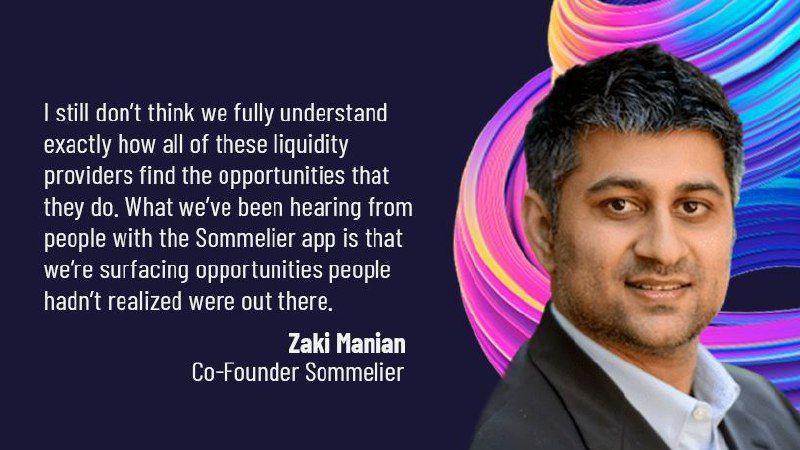
Zaki Manian Breaks Down a Phase Change Liquidity Providers Need to Know About Automated Market Makers

Introducing Jehan Tremback: Sommelier Core Developer and Althea Co-Founder that pushes the Limits of the Blockchain Bridge with Gravity

Sommelier This Week - April 22nd 2021: An Inside Look at Progress on Coordinating Sommelier Components That Contribute to the Chain

Sommelier This Week - April 15th 2021: Providing a Best-in-Class Experience for Uniswap Liquidity Providers

Sommelier Announces $1M R&D Grant from The Graph Foundation

Introducing LP Rewards: This Week With Cellframe
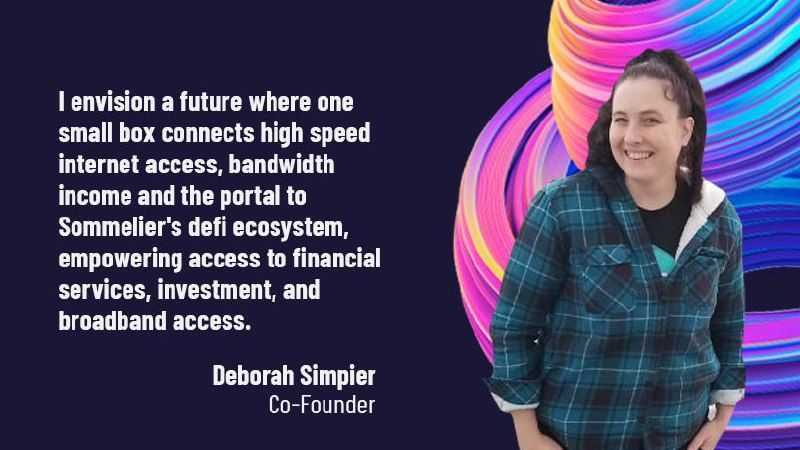
Introducing Deborah Simpier: Althea CEO and Sommelier Co-Founder Who Brought the Gravity Bridge to Life in The Cosmos

Sommelier This Week - April 8th 2021: What Uniswap v3 Means For Sommelier Architecture and Validators
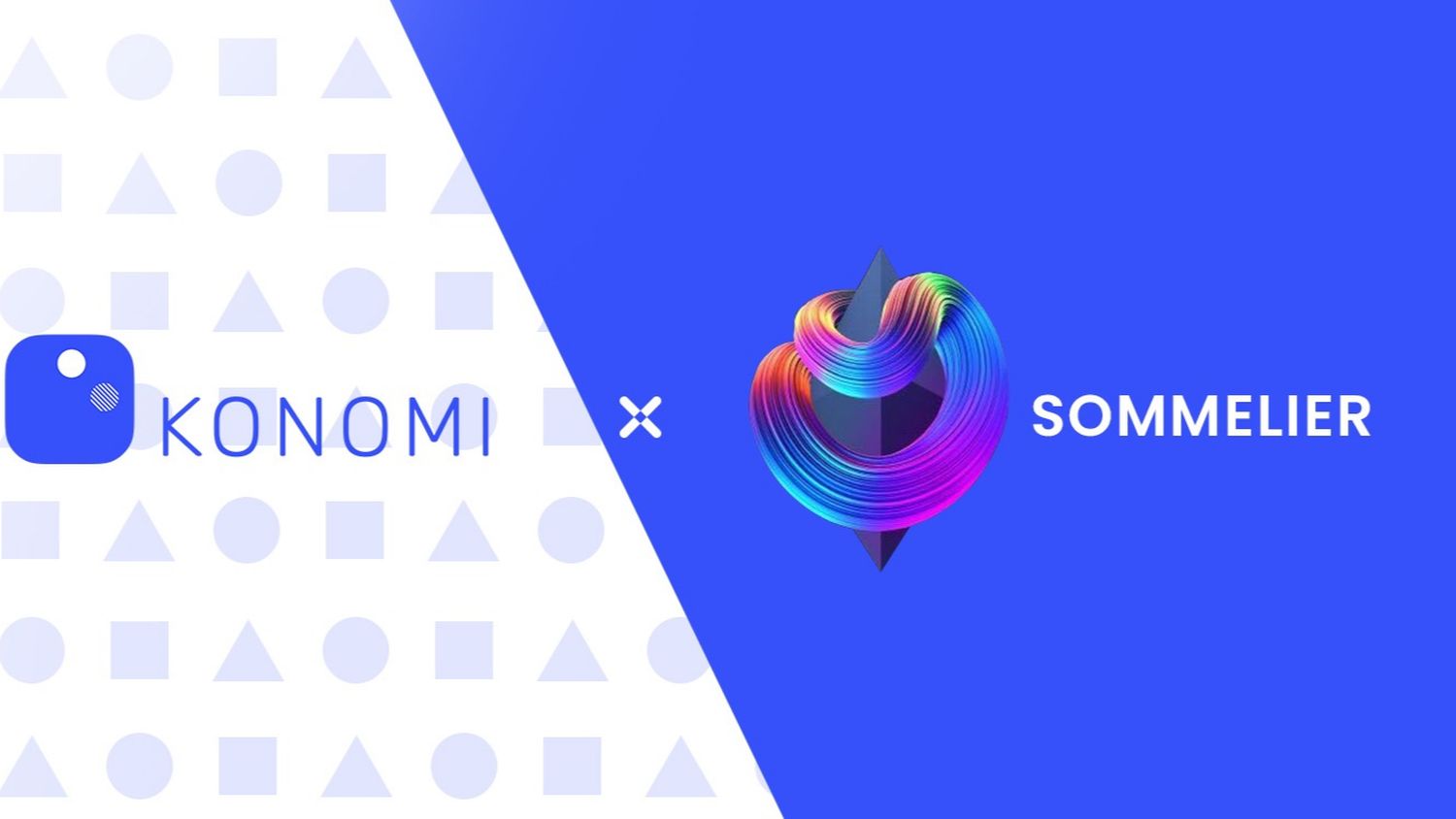
Introducing Sommelier LP Rewards Program

Sommelier This Week - April 1st 2021: Gravity Bridge and Private Testnets
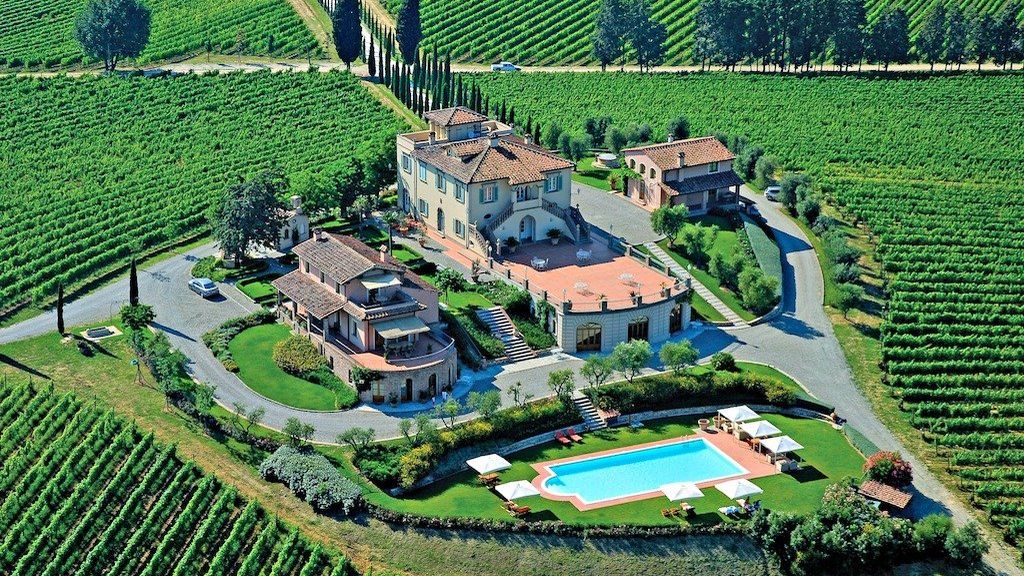
Blockchain startup decides to acquire a California winery and host NFT wine parties
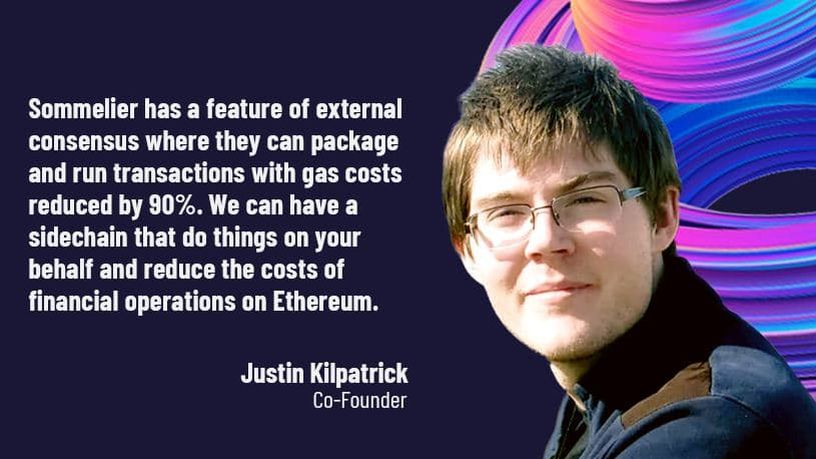
Introducing Justin Kilpatrick: The Blockchain Bridge Wizard Who Maintains Gravity

Five Ways UniswapV3 changes the world for Liquidity Providers on the AMM
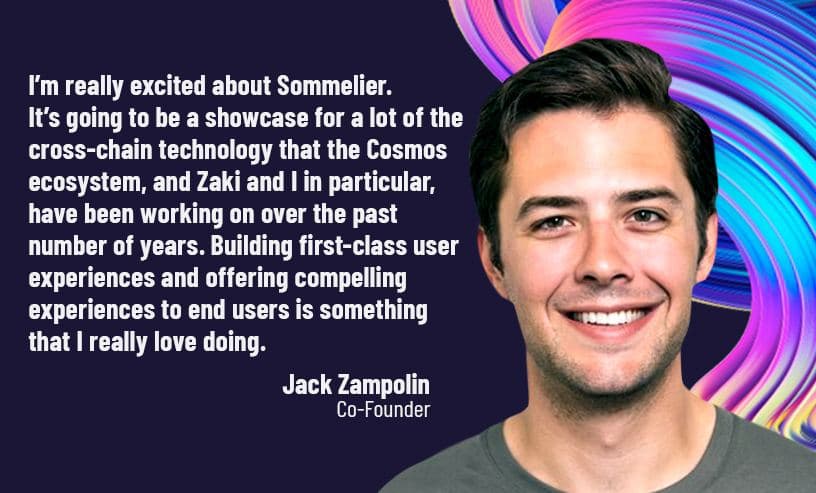
Introducing Jack Zampolin: On Becoming A Sommelier in The Cosmos

Sommelier: Welcome To The New CoProcessor For Ethereum
© 2025 Somm by Bajanss OÜ –Maakri 36-50, Tallinn, Estonia 10145